Located in the heart of northeastern Kosovo, on a flat plain not far from the Goljak Mountains, is the country’s capital and largest city, Pristina. An idyllic Balkan city, Pristina is a gem that truly offers a wealth of different types of adventures for travelers. These things to see and do in Pristina, Kosovo are among some of my favorites in the entire country.
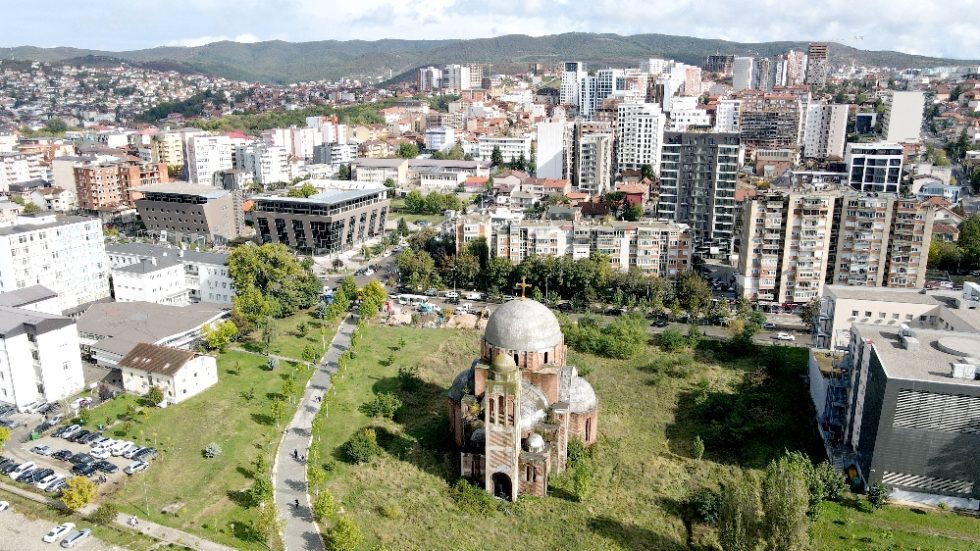
Like much of Kosovo, the Pristina area was first inhabited by members of the Vinča culture in the Paleolithic Age. The culture also inhabited parts of Serbia, Bulgaria, Romania, and North Macedonia. It was followed by the Illyrians and Romans during Classical Antiquity.
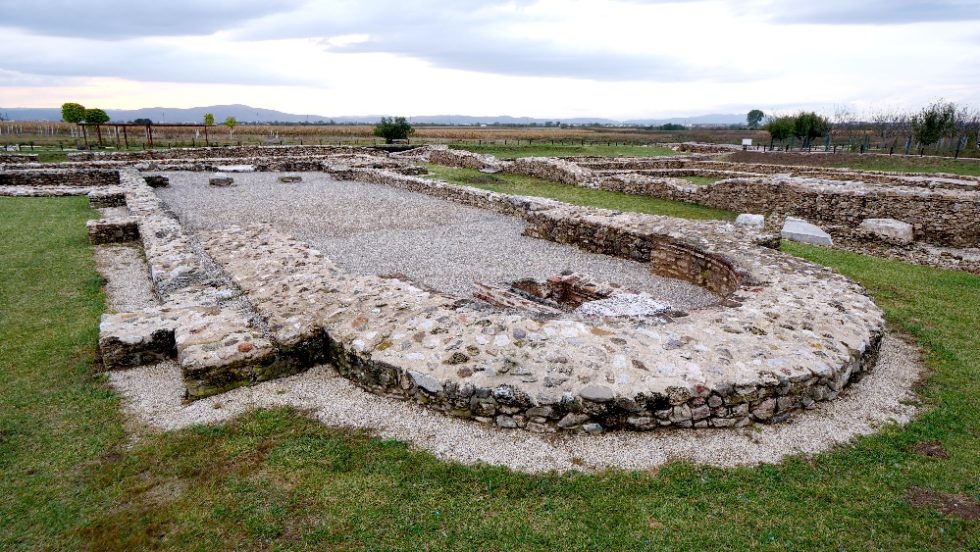
The 4th century BC saw the birth of the Dardanian Kingdom, founded by the Illyrian king Bardylis. The nearby ancient city of Ulpiana was one of the most important Roman cities in the Balkans at the time. Later, in the 5th century, the area became part of the Byzantine Empire. Later, the First Bulgarian Empire, the Byzantines again, and the Second Bulgarian Empire controlled the area.
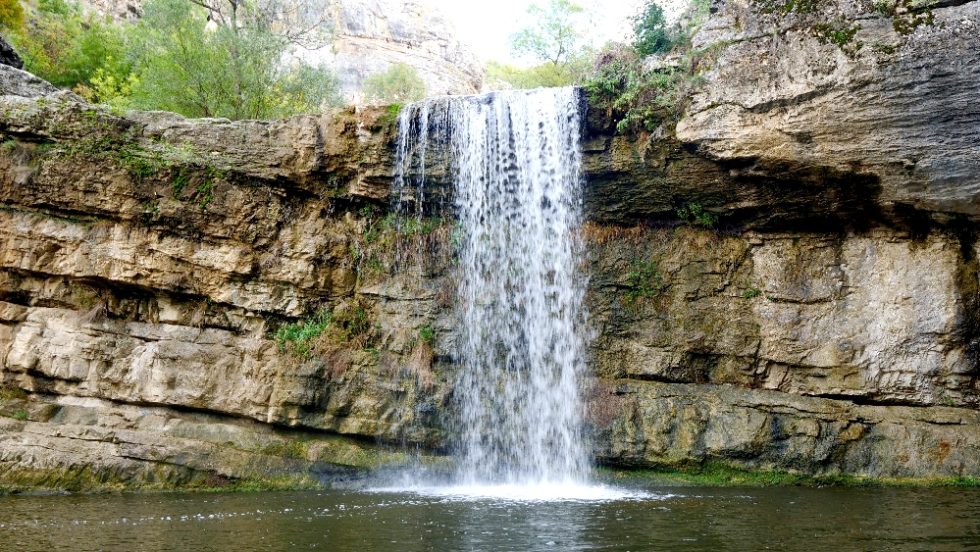
The city, once so crucial to the Romans, became a prominent Serbian town in the Middle Ages. It then transitioned into an essential trading and mining center during the Ottoman Empire. The city later played important roles in the First Balkan War and World War II before being named the capital of Kosovo in 1947.
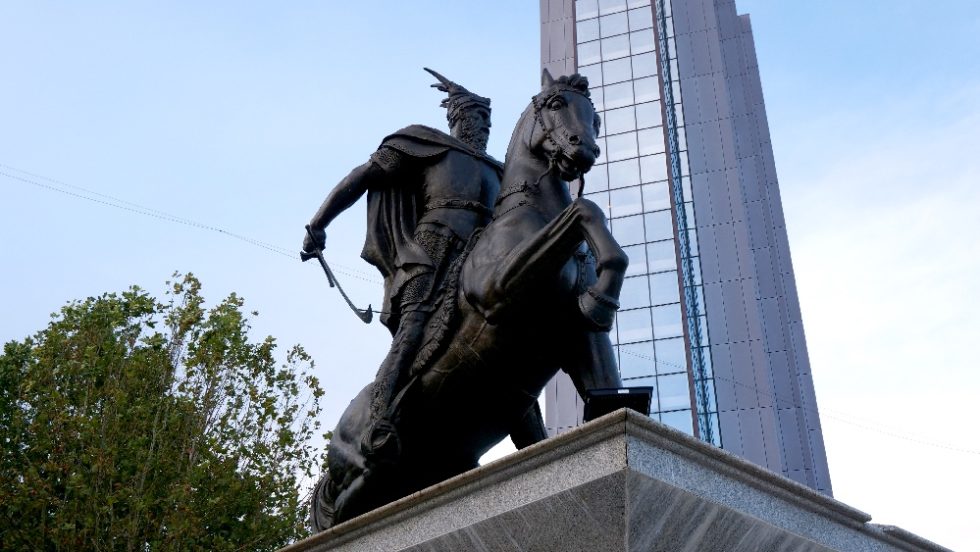
A period of rapid development followed the decision to make Pristina the capital of the then-Communist nation. Members of the regime sought to destroy Ottoman landmarks, including its bazaar, homes, churches, and mosques.
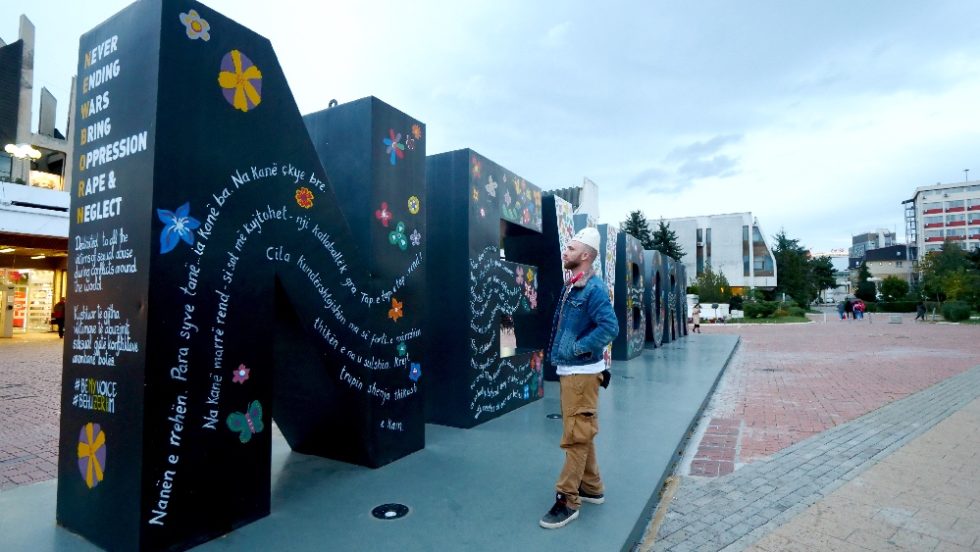
Later, during the Kosovo War, the city escaped the widespread destruction other Kosovar cities like Gjakova and Peja suffered. However, the events of the war reshaped the city’s future as it rebuilt and sought to rise from the ashes.

Pristina, unfortunately, tends to be overlooked by travelers who opt to visit higher-profile Balkan cities. But Pristina deserves every bit of adoration that cities like Belgrade, Skopje, and Sofia enjoy. The travelers who overlook it are missing out on one of the most unique and interesting cities in the region.
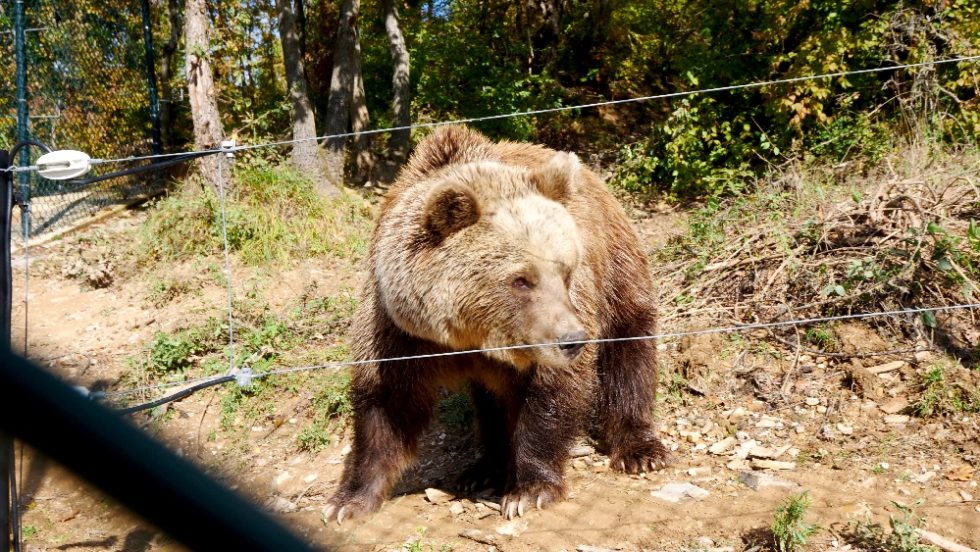
It’s the second-largest predominantly Albanian-speaking city in Europe. It’s also Kosovo’s most prominent political, economic, financial, transportation and trade center. Following the Kosovo War in 1999, Pristina completely transformed itself. It added more recreation areas in and around the City Park and Mother Teresa Square.

Besides its historical and cultural significance, Pristina seems to be a breeding ground for top musical talents. International music superstars Dua Lipa and Rita Ora were both born in the city, which continues to foster up-and-coming talents.

Of all the cities I visited on my trip to Kosovo, Pristina is the one I anticipated the most. Its long and rich history piqued my interest from the moment I first researched the city. Hearing about its food culture also made my mouth water long before I got there.

Despite battling a sudden but intense stomach bug that came as fast as it went on my second night in town, my time in Pristina was a joy. My guide Erjan from Travel Media EU took me to his favorite haunts around the city.

From its ancient and medieval sites to its natural wonders, I couldn’t have envisioned a more exciting city. It’s one I hope you enjoy as much as I did. These are the top things to see and do in Pristina, Kosovo.
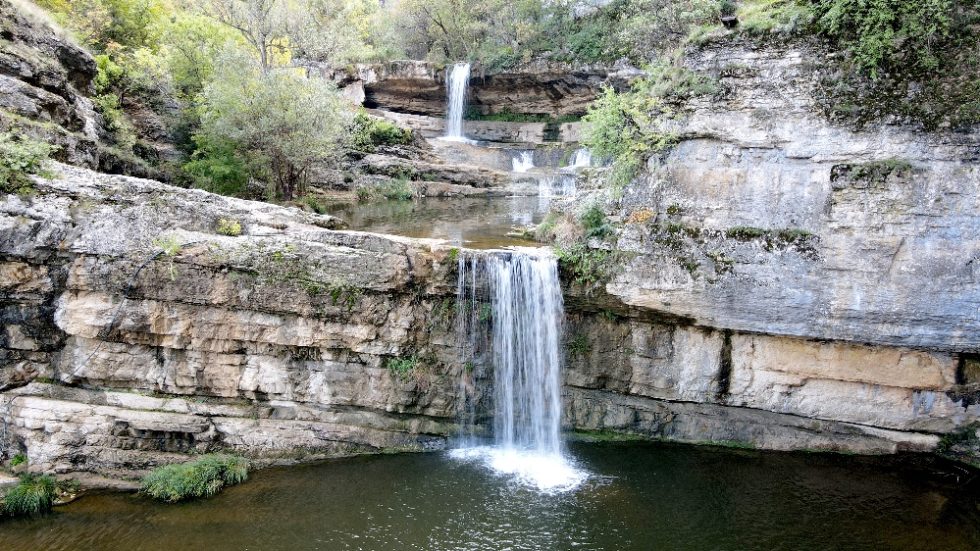
On the eastern side of the Dukagjin Plain just outside of Pristina is Mirusha Waterfalls. Located in Mirusha Park, these spectacular falls consist of a series of waterfalls along the Mirusha River.
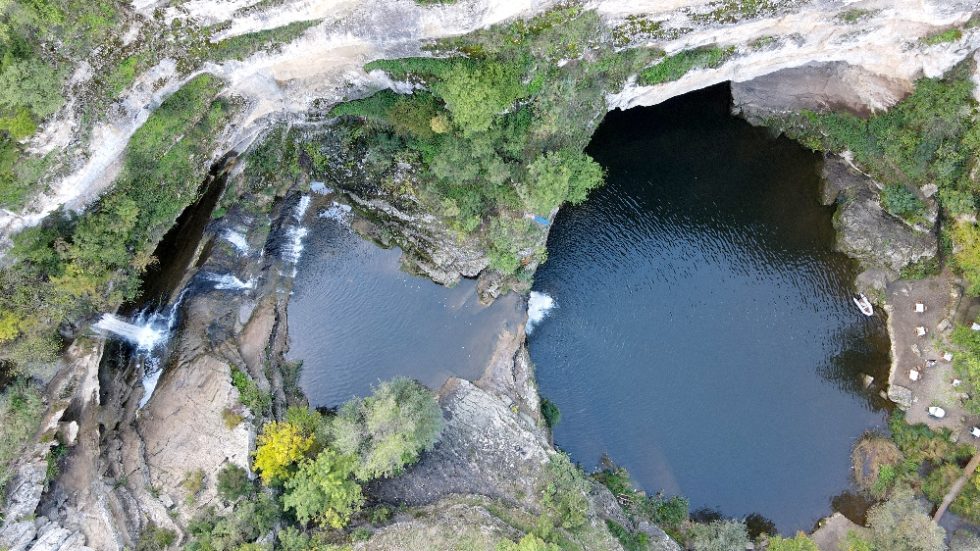
The river winds its way through the rocky, craggy landscape of the region. Over the course of millions of years, carved out canyons, caves, and a whopping thirteen lakes. The famous waterfalls bridge the gaps between these lakes, with the highest drop (between the sixth and seventh lake) measuring 72 feet.
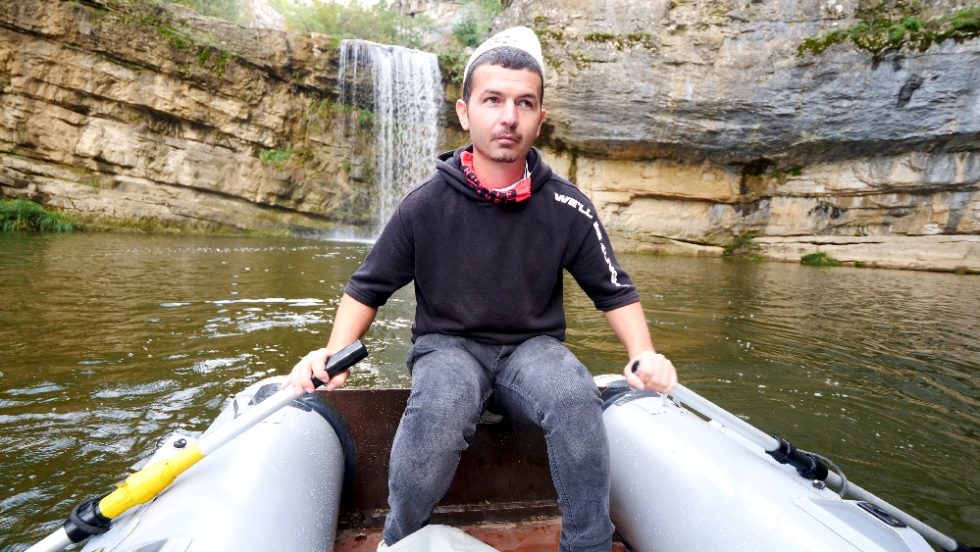
The entire area is a popular tourist destination and offers cave exploration and swimming. The cliffs near some of the pools are also popular with high divers.
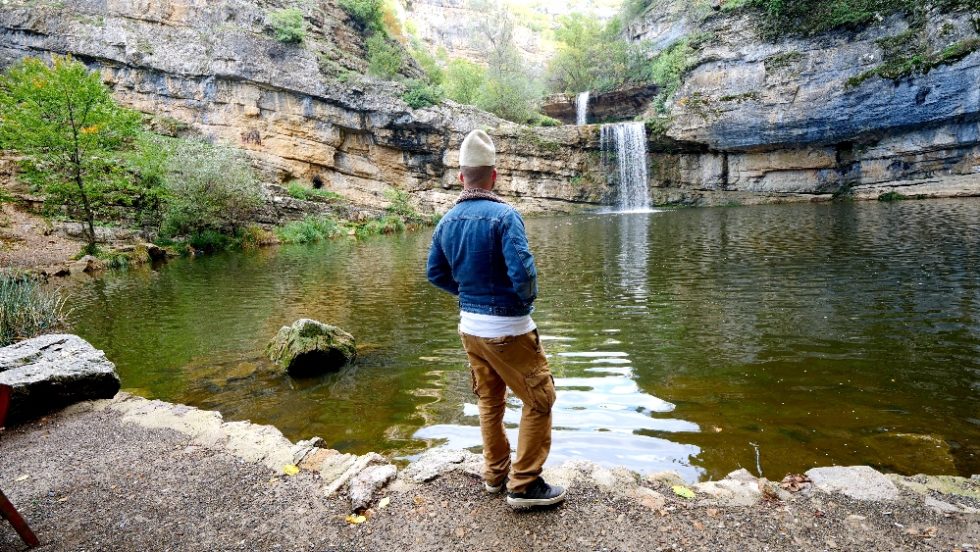
The waterfall area also offers a small café where you can grab a drink and a bite to eat. There is also an outdoor seating area. The area is quite beautiful and one of the wonderful things to see and do near Pristina, Kosovo.
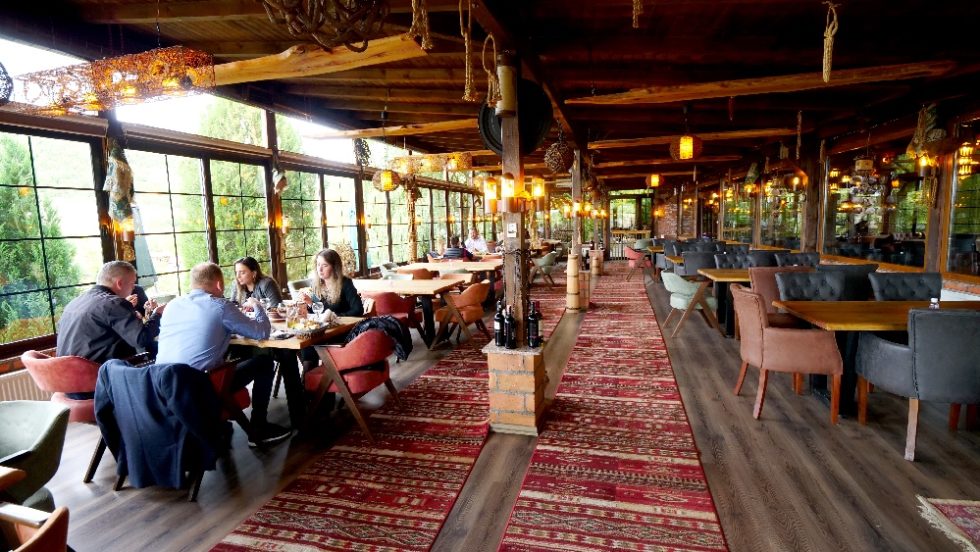
Agrotourism farms are all the rage in Kosovo and its neighbor to the south, Albania. These special farms are the perfect place to experience the farm-to-table food culture in the Balkans and try fresh, local dishes. One of the best in the Pristina area is Molla Egër Agroturizëm, whose name translates to “Wild Apple.”
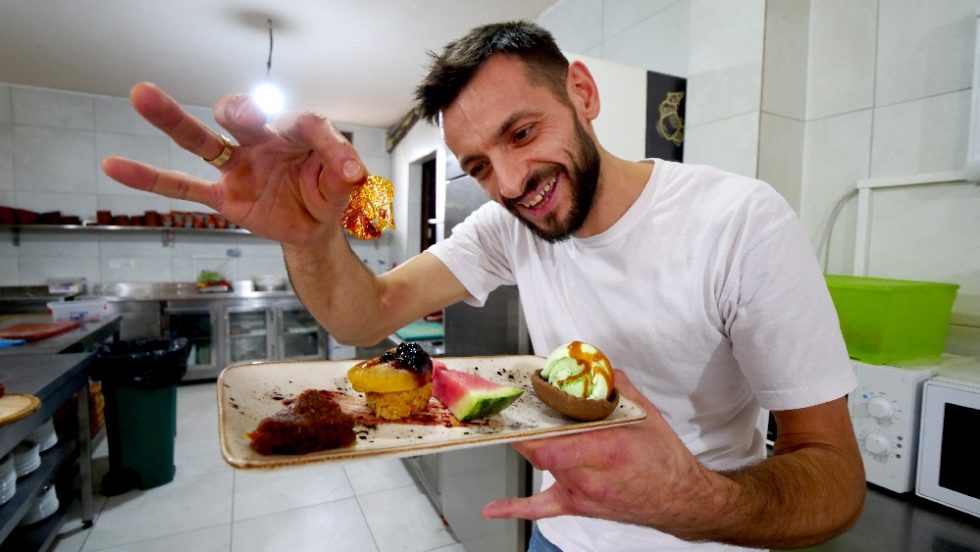
Molla Egër serves traditional Kosovar cuisine, which is especially rich in meat, cheese, bread, and vegetables, on wooden plates. They also serve various local pastries, pies, and desserts.
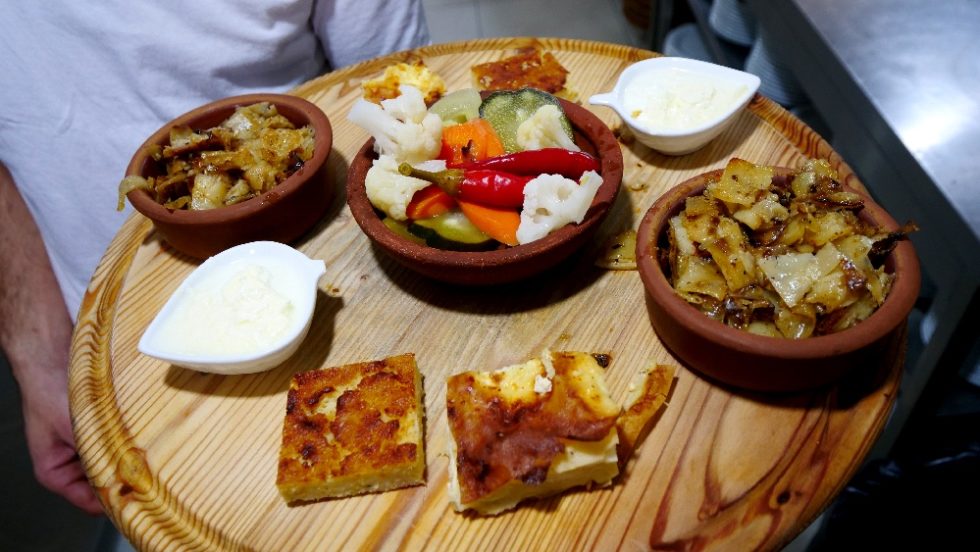
Of course, they also serve many varieties of raki or rakija. This potent fruit brandy is extremely popular throughout the Balkans. Their varied menu makes stopping by the restaurant one of the top things to see and do in Pristina, Kosovo.
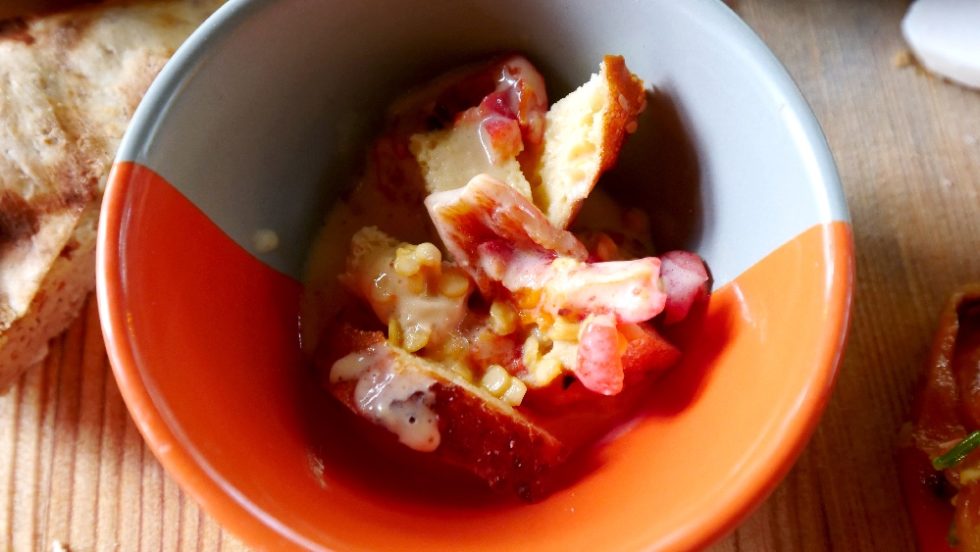
Their walnut raki is a sweet, smooth, and flavorful way to kick off a meal. Enjoy it with their appetizer platter, which contains cheese with pesto, onions, cherry tomatoes, and a purple quail egg.
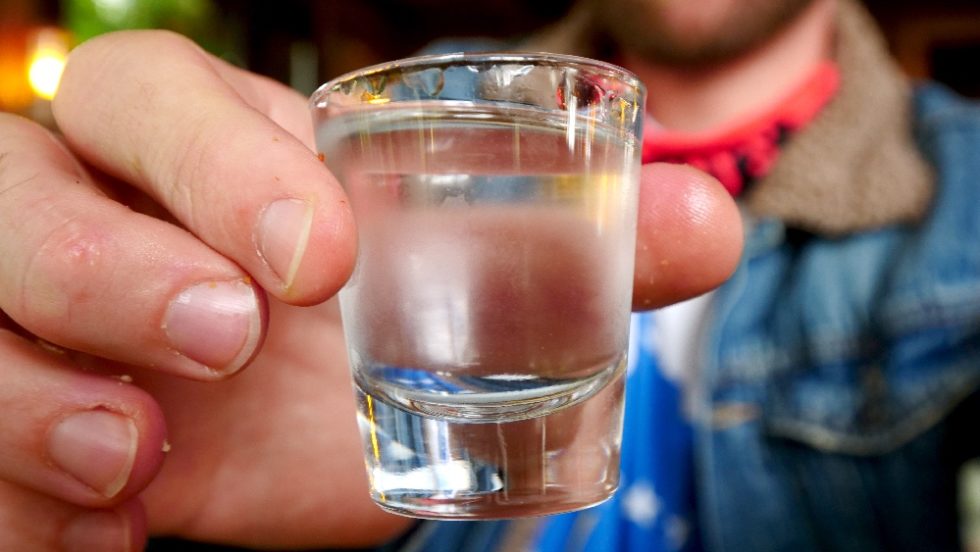
I recommend continuing your starters with their byrek, a flaky pastry often stuffed with cheese, meat, and vegetables. Another fantastic option is the flija, a savory, layered cake made of stacked crepes, eggs, and butter. Unlike other types of flija I’d had, this one comes chopped up in a bowl rather than whole.
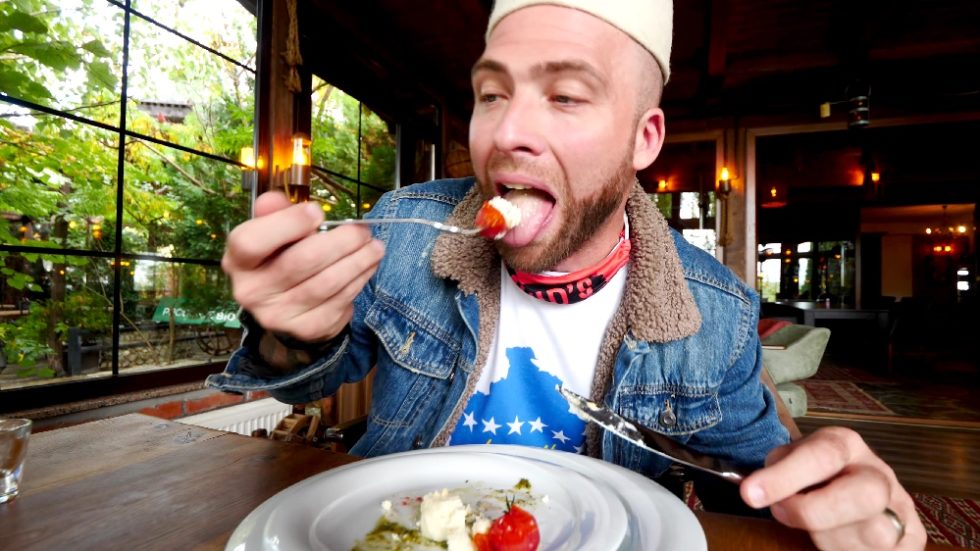
I can’t stress just how fresh the food here is. Their roasted red pepper is vibrant and spicy, while their cheesy red pepper paste makes for a fresh, tangy spread. Add them to some bread with some cured meat for a delicious Kosovar-style sandwich!
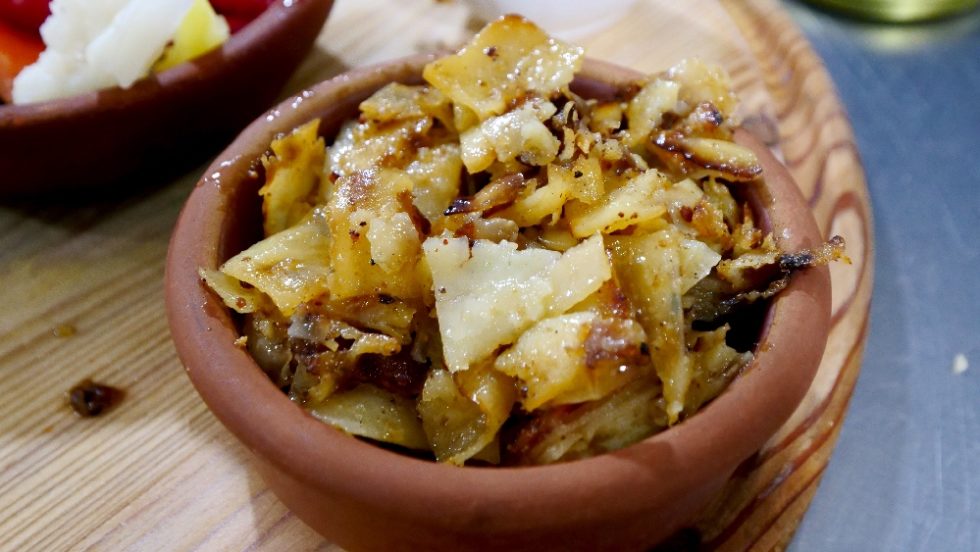
They also serve some phenomenal cheesy peppers, which are tasty enough to be a meal all on their own. That said, as mouthwateringly delicious as they are, don’t fill up on them, because you need to save room for the main event!
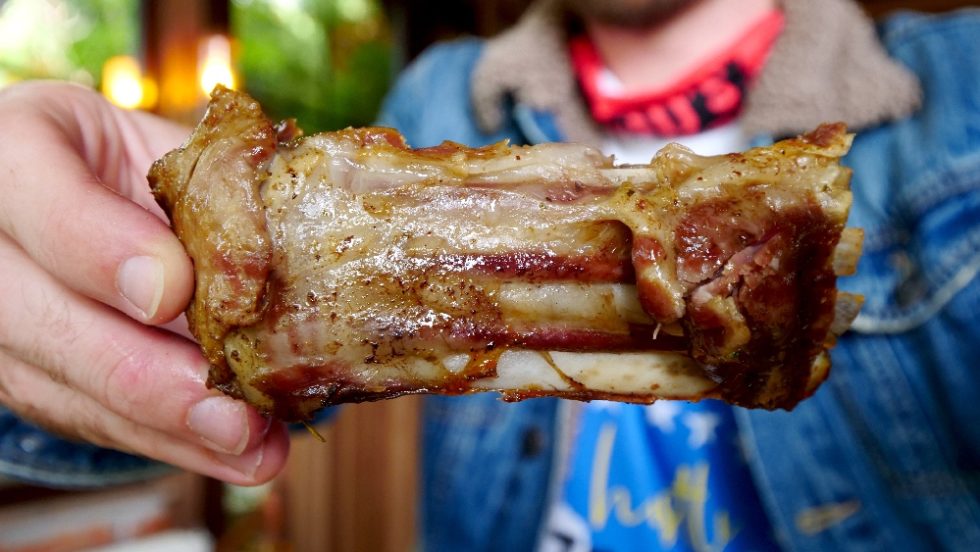
As delicious as the appetizers are, the menu item I looked forward to most was the baked lamb tava. A tava is a casserole-like dish that’s popular in the Balkans and usually contains meat, vegetables, and cheese.

The baked lamb tava is straight-up melt-in-your-mouth goodness. I also highly recommend the lamb ribs, which are just as juicy and tender. They’re honestly on another level! Enjoy them with some of their fruity pear raki, which pairs with them really nicely.

If your stomach isn’t packed to capacity after the main meal, you must dive into some of Molla Egër’s decadent desserts. Erjan and I finished up with a dessert platter made up of a nutty baklava-like pastry, a wild apple cake, and some herbal ice cream.
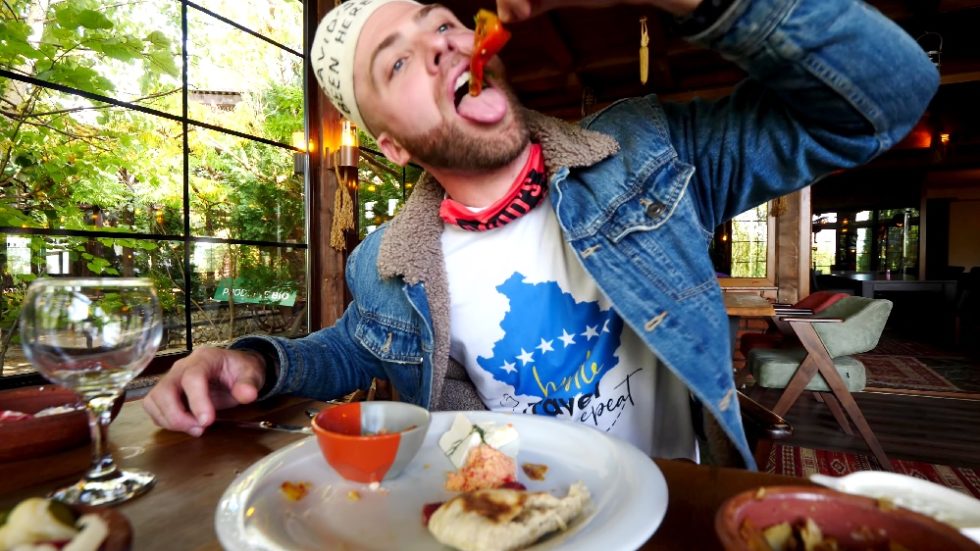
The wild apple cake is a lot like a sweet and buttery apple crisp or apple crumble. I’m not much of a sweets guy, but this cake had my taste buds doing somersaults on my tongue!

Before you leave, I suggest checking out Molla Egër’s outdoor garden. There, you can see where the food you just ate came from. There, you can see the vegetables they grow, as well as the pens that house their hens, roosters, and turkeys. It’s a great way to explore the origins of the food you eat!
Molla Egër Agroturizëm
Bërnicë e Epërme,
Pristina 10000 Kosovo
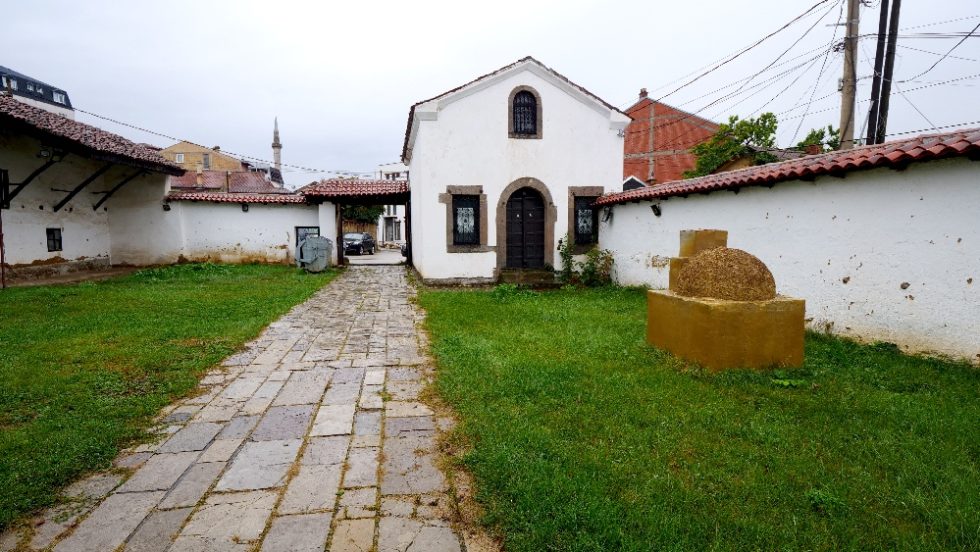
If you like learning about the history of local life while traveling, visit the local ethnographic museum. Located in a house inside the 18th-century Emil Gjiku Complex, the Ethnological Treasure of Kosovo opened in 2003.
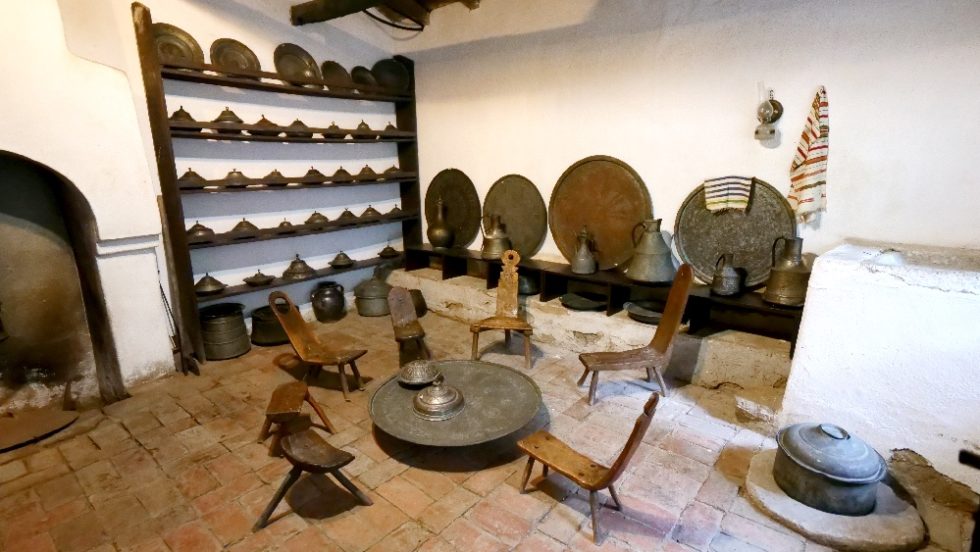
This treasure-trove shows the inside of the home as it would have looked during the Ottoman era. It includes furniture, tools, clothing, jewelry, weapons, textiles, musical instruments, utensils, and other items used in daily life.
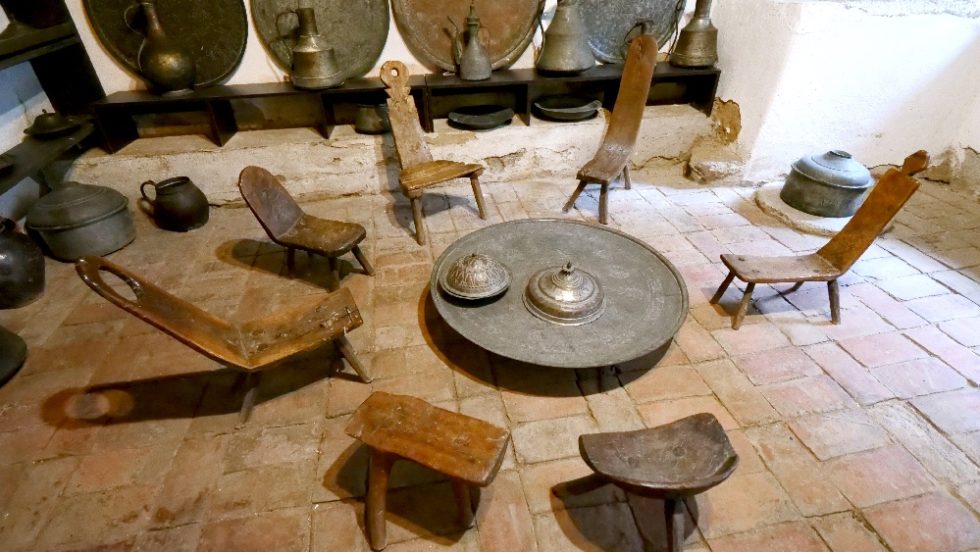
The items on display span the 500 years between the 15th and 20th centuries. Among the highlights are a child’s room complete with a crib, a couch, colorful rugs, and other pieces of furniture.

The guest room was an important location in the house, as guests were considered second only to God in Albanian tradition. The home, which also functioned as a guesthouse, offers lots of tables and seating. You’ll also find a hammam or traditional Turkish bath.

Unfortunately, most of the guesthouses from the Ottoman era were destroyed during the Communist regime. That makes the Ethnological Treasure of Kosovo unique. It is the only Ottoman-era guesthouse of its kind open to the public.

It is estimated that roughly 20,000 people visit the museum annually. As someone who enjoys diving into the past and culture of the countries I visit, places like this are so important. It’s easily among the top things to see and do in Pristina, Kosovo. Don’t forget to add it to your itinerary!
Ethnological Treasure of Kosovo
Emil Gjiku Complex
Rr. Iliaz Agushi
Pristina 10000 Kosovo

Roughly thirty minutes south of Pristina is one of Kosovo’s most famous natural wonders. Gadime Cave, also known as the Marble Cave, is a large karst limestone cave in the village of Gadime e Ulët. It is estimated to be over 80 million years old.
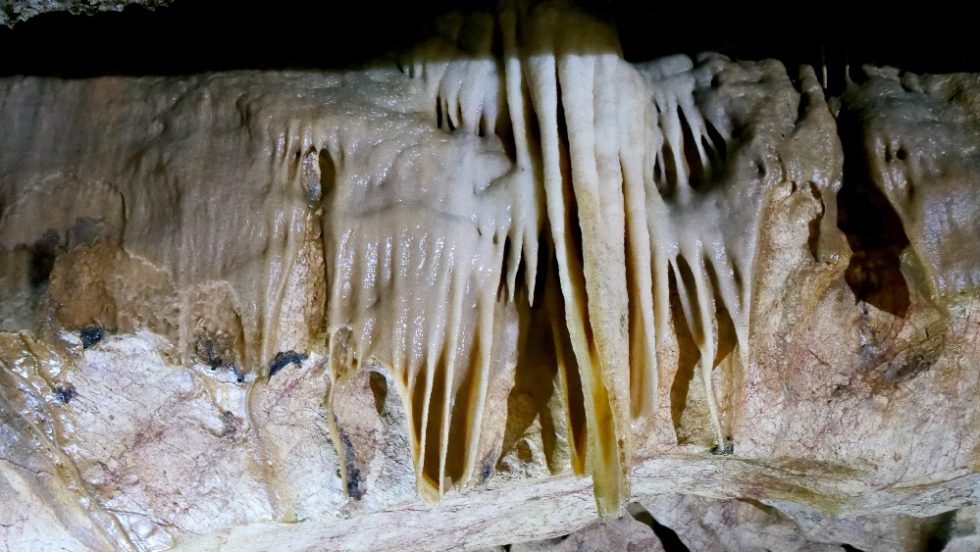
The cave was discovered by a villager named Ahmet Asllani in 1966 as he worked in his garden. Though much of the cave is still unexplored, it covers 56.25 hectares and measures over 4,133 feet in length. It’s said that it takes 30,000 years for one millimeter of the cave to be carved out!
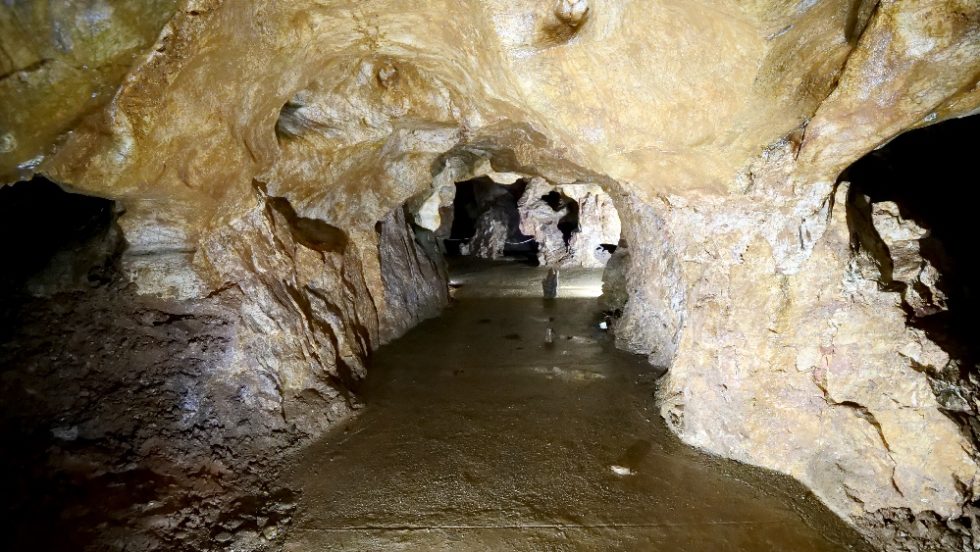
I was mesmerized when I visited the cave back in October of 2020. The interior of the cave is quite chilly, at a constant 54 degrees Fahrenheit. It’s entirely natural except for the smooth, paved cave floor and the lights inside, which make the normally pitch-black cave bright enough to see.
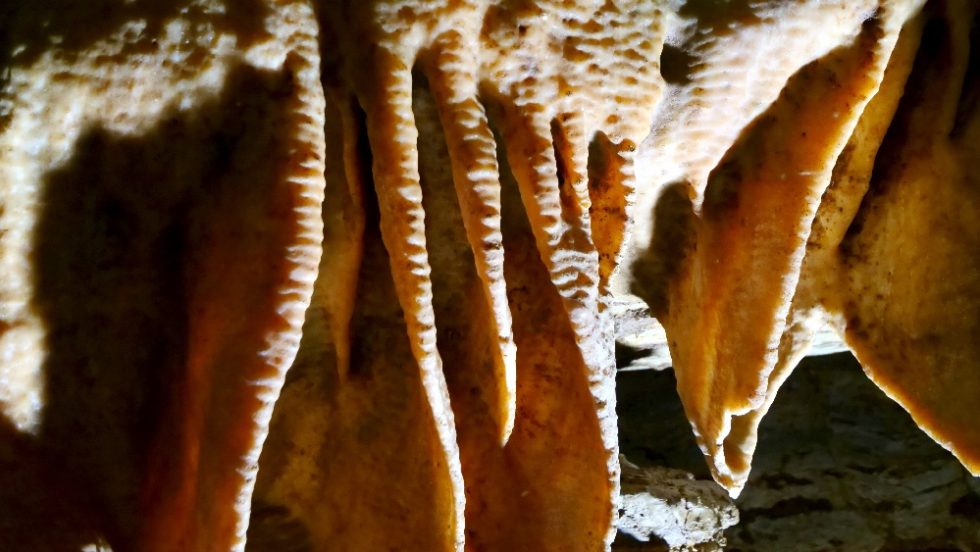
Inside, you’ll find a number of beautiful natural rock formations. There are a number of crystals in the cave, as well as rock formations resembling animals. There’s even on that looks like a map of Kosovo. A stalagmite and stalactite pair inside the cave has been nicknamed Romeo and Juliet. There’s a small lake inside as well.

The detailed rock, combined with the cave’s acoustics, also makes Gadime Cave a great place to play music. Hitting or tapping certain rock formations creates a resonant tone that reverberates throughout the cave with a cool echo. That makes it one of the top things to see and do around Pristina, Kosovo!
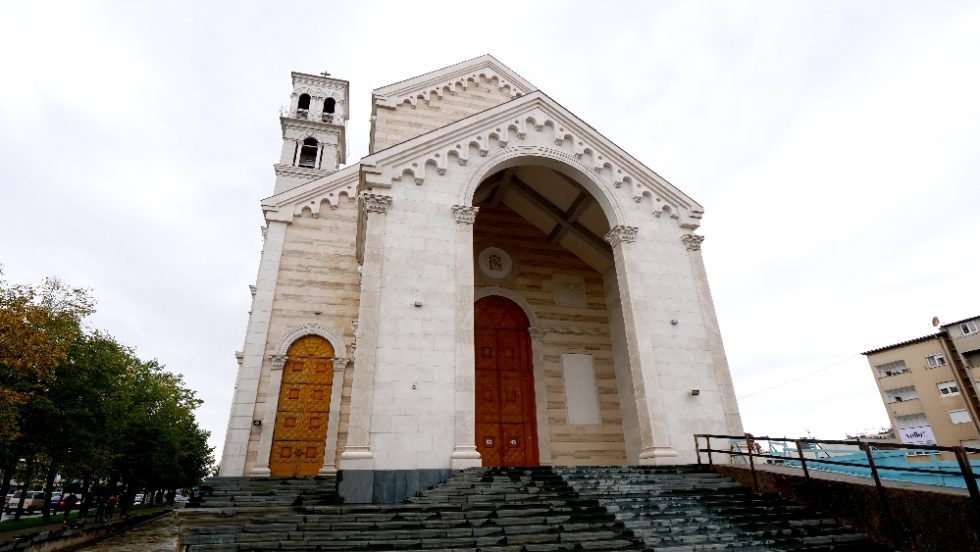
No list of the top things to see and do in Pristina, Kosovo is complete without the Cathedral of Saint Mother Teresa. It’s dedicated to the famed Albanian-Indian Roman Catholic nun and missionary, Mother Mary Teresa Bojaxhiu. Construction on this Roman Catholic cathedral began in 2007.
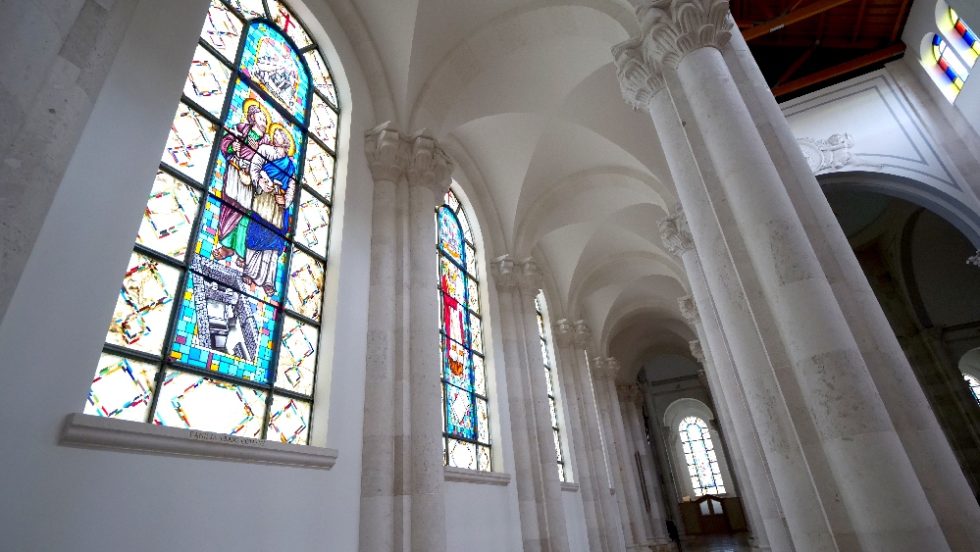
The massive and lavish cathedral’s construction was financed by a number of rich families. Its interior is adorned with a large amount of marble, and its gorgeous stained glass windows depict images from the Bible.
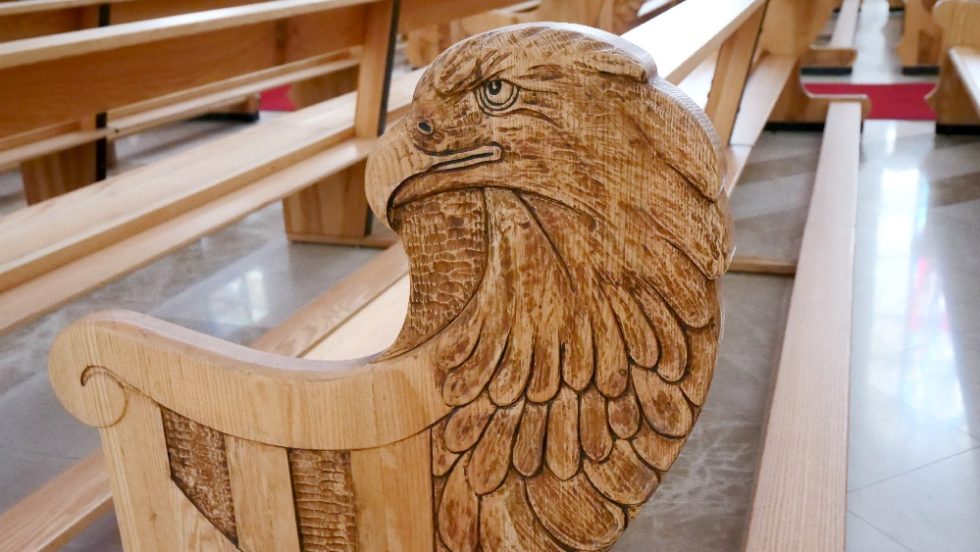
I also noted that the cathedral’s wooden pews are carved to look like eagles—the main symbol on the Albanian flag. If you wish, you can also say a prayer for someone by buying a candle for 20 cents and lighting it. I highly recommend it!
Cathedral of Saint Mother Teresa
Rruga Justiniani
Pristina 10000 Kosovo
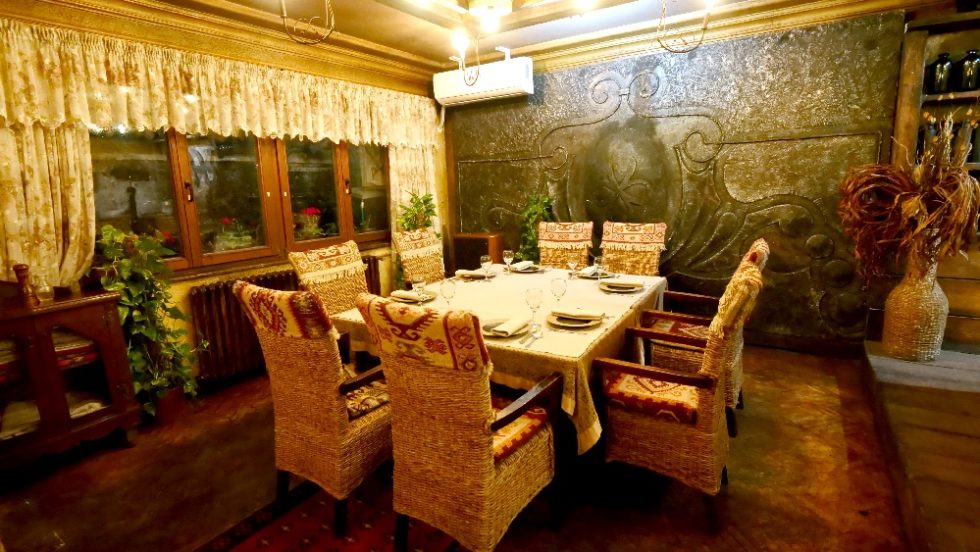
Along the city’s main boulevard, you’ll find one of the city’s top eateries, Restaurant Liburnia. A traditional Kosovar restaurant with a rustic and cozy interior, Restaurant Liburnia is one of the best things to see and do in Pristina, Kosovo. On its menu, you’ll find a superb selection of high-quality meat, vegetables, and tavas.
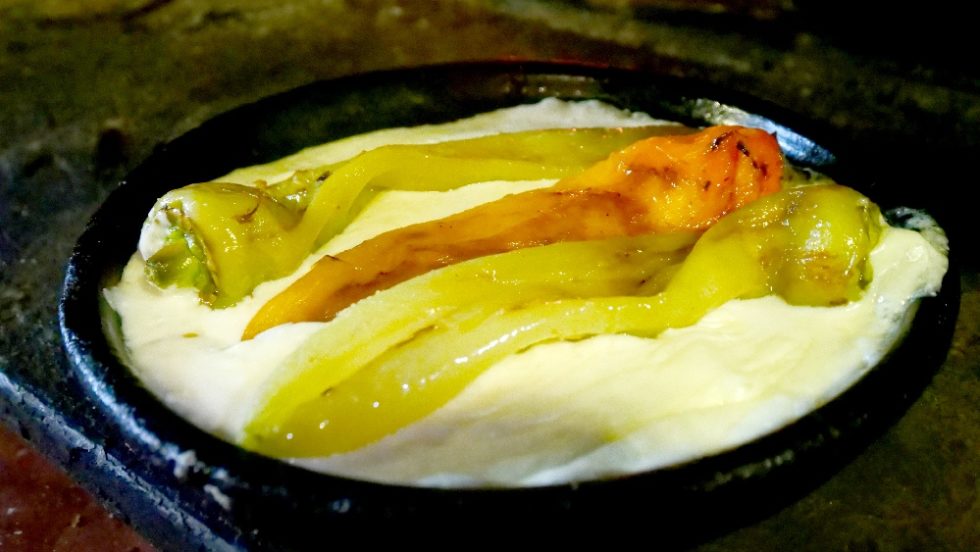
As always, I suggest starting your meal the traditional way, with some cold and refreshing rakija. Their pear raki, in particular, is cool and crisp. It’s also strong, so pace yourself! I also loved their young, fruity local wine.
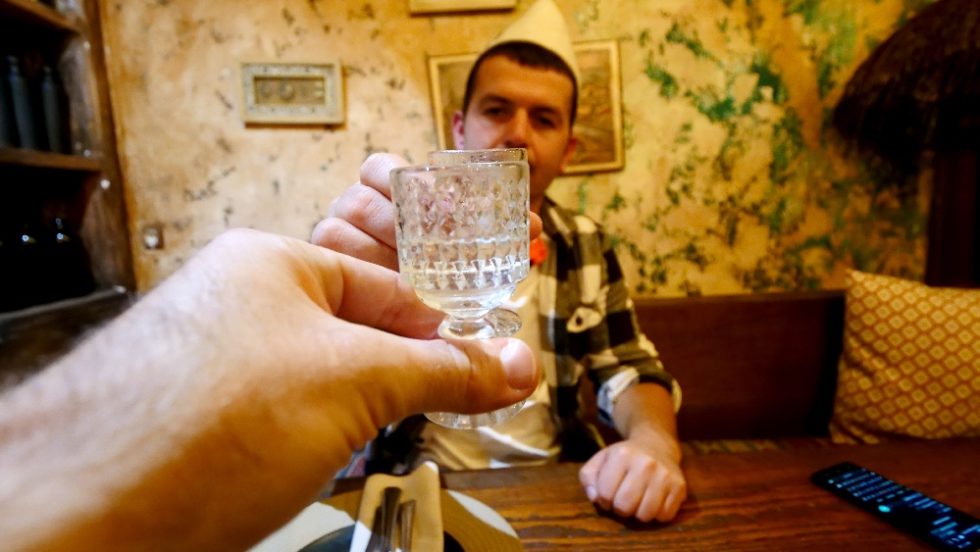
While there are many delicious dishes to try at Restaurant Liburnia, the stars of the menu are its tavas. I highly recommend visiting the restaurant with a few friends and ordering several tavas so you can sample them all.

The mushroom-and-cheese tava is incredibly gooey and hearty. The heavy, stringy, melted cheese and earthy mushrooms are a truly stunning combination.
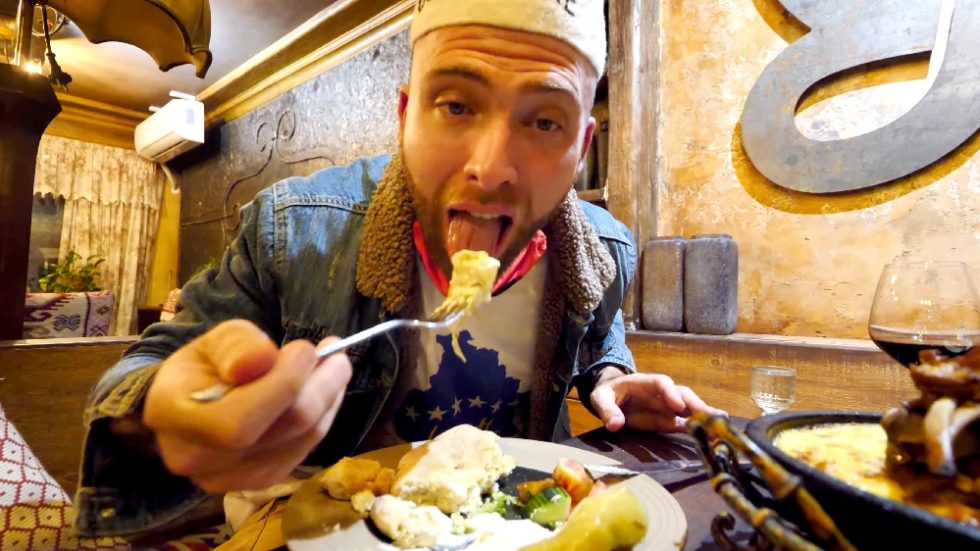
Another tava I implore you to order is the cheese-and-pepper tava. The soft and flavorful roasted peppers would be incredible by themselves. That said, baking them in the creamy cheese sauce adds a whole new dimension of flavor.
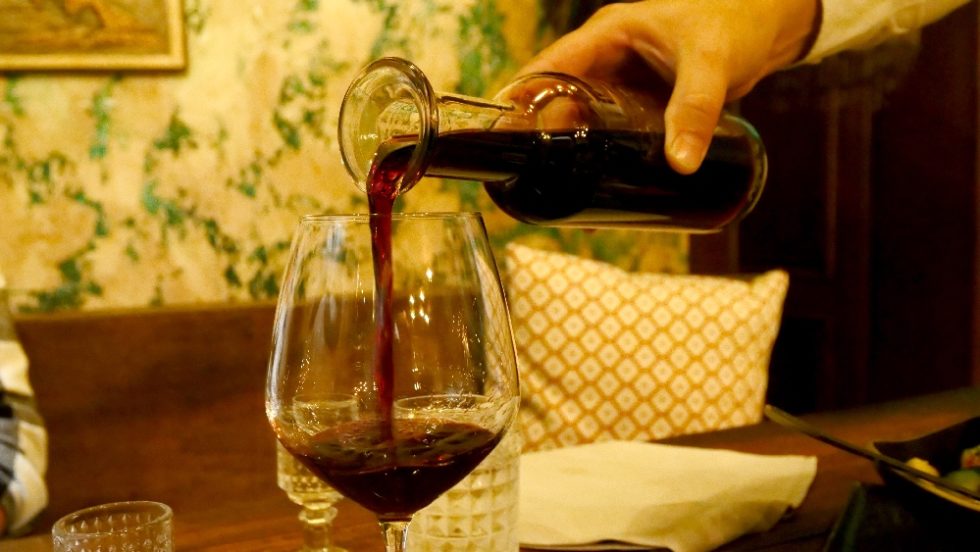
If you’re more of a veal person, don’t worry. Restaurant Liburnia’s veal tava is an explosion of flavor that is so tasty, it nearly took me aback. The buttery meat inside is perfectly cooked and mouthwateringly tender.
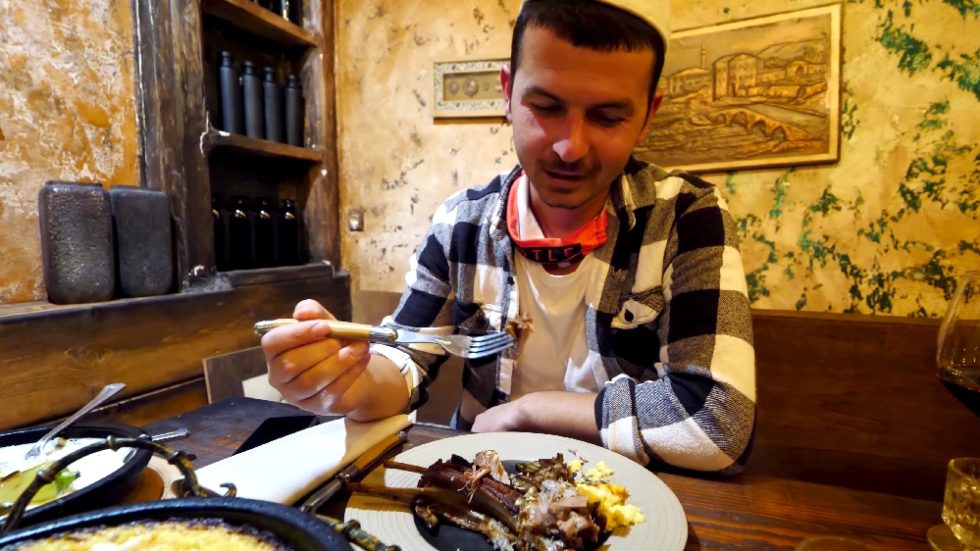
But the element that makes the veal tava sing is the cheese. Several different cheeses are used in this tava, making it a creamy, gooey, decadent slice of heaven. It is absolutely addicting!

As a lamb lover, the lamb ribs casserole is one of the highlights of my time in Pristina. It contains the earthy, slightly gamy flavor I love and is so tender that it practically disintegrates when you touch it. The addition of garlic, eggs, and yogurt takes it to the next level!
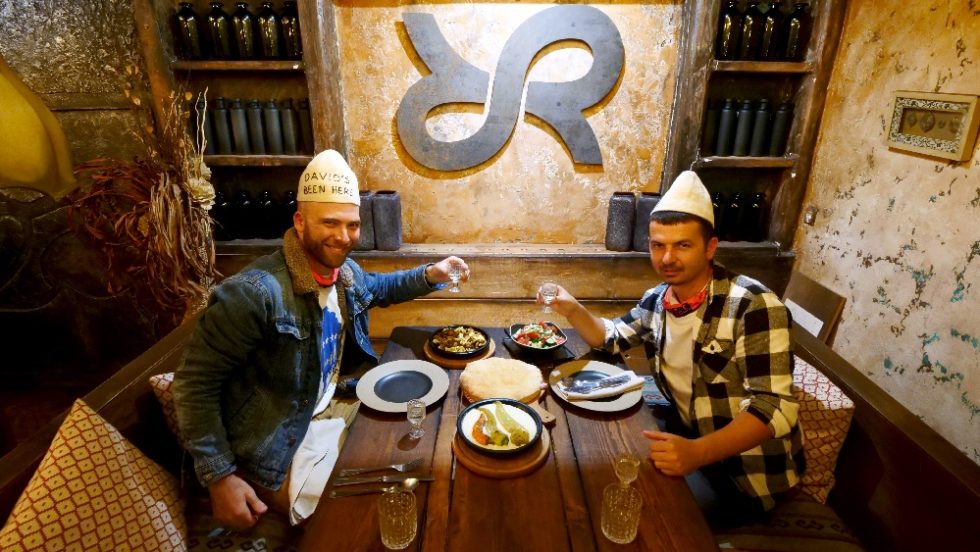
My favorite thing about dining at Restaurant Liburnia is that it showed me so many different sides of Kosovar food culture. But the thruline was the richness and heartiness of each dish.
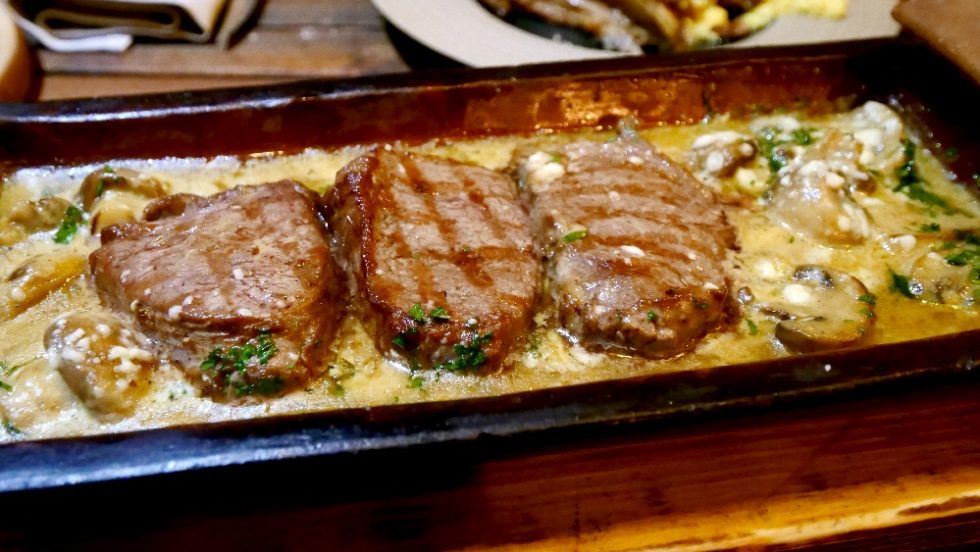
This is stick-to-your-ribs food, designed to fill you up, keep you warm, and make you feel comforted. It certainly did that for me! Eating there is absolutely among the best things to see and do in Pristina, Kosovo!
Restaurant Liburnia
Rr. Meto Bajraktari 21
Pristina 10000 Kosovo

Arguably Pristina’s most notorious building is the National Library of Kosovo. It’s known as the highest library institution in the country. The library, first established in 1944, aims to preserve and collect items important to Kosovo’s heritage. They then display them to make them accessible to the public.

But despite the library’s noble purpose, some know the building more for its unorthodox appearance. Designed by Croatian architect Andrija Mutnjaković, the library’s architecture blends Byzantine and Islamic architectural styles, with a number of domes on its roof. The final product, however, was considered an eyesore by many. Some even dubbed it “the ugliest building in the world.”
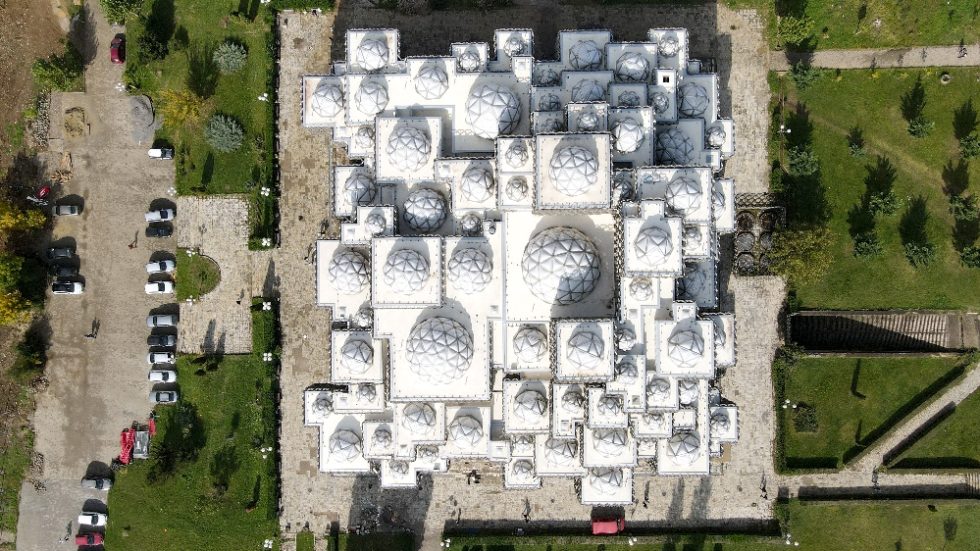
On the contrary, I personally found the library very cool and unique-looking. I love unusual architecture and think it’s actually quite beautiful. I wish I’d had time to go inside to see the exhibitions and archive of national newspapers. If you have the time, go for it and let me know how you like it!
National Library of Kosovo
Prishtina 10030
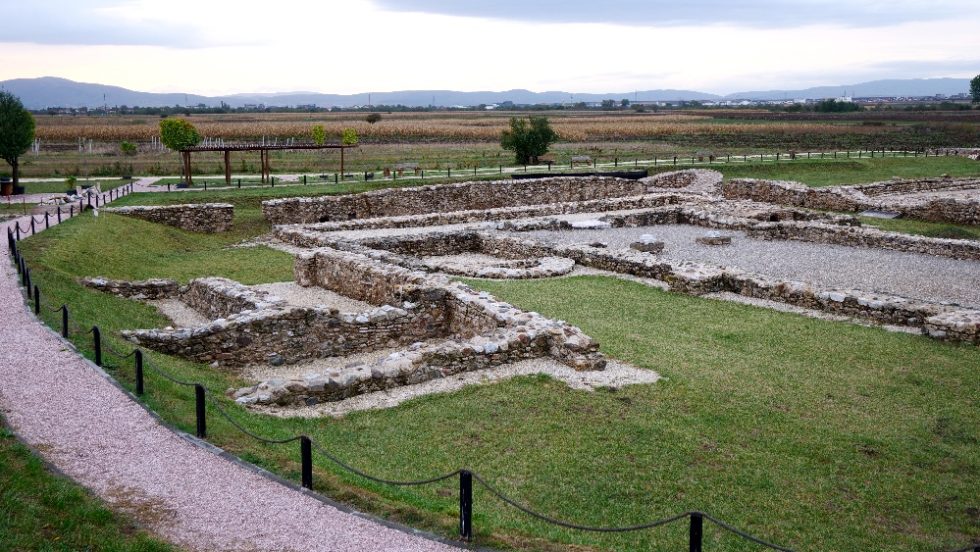
If you’ve followed my blog or YouTube channel for a while, you’ll probably know that one of my biggest passions is history. I’ve been a history fanatic since I was a kid. Travel allows me to explore the past in a way books and documentaries could never allow.
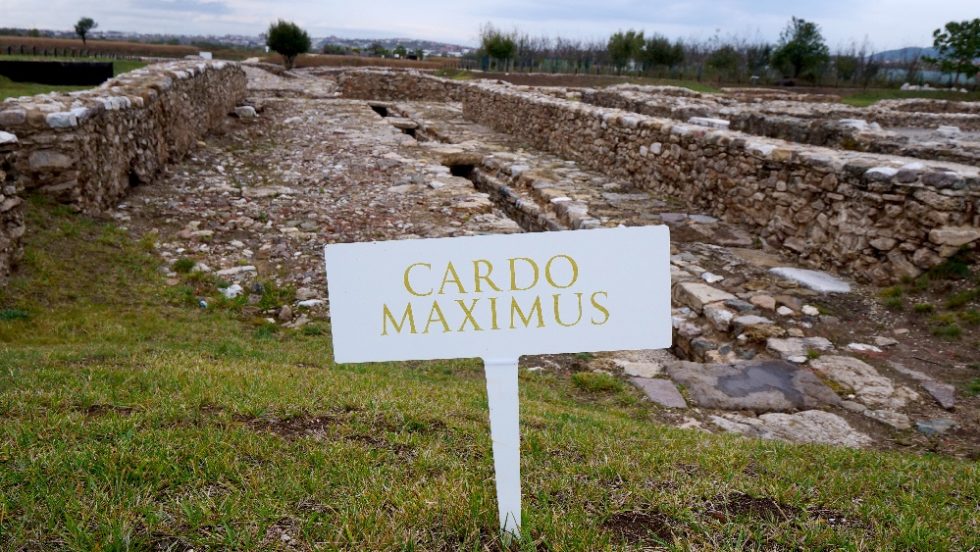
When you visit Pristina, I highly recommend taking at least one full day to explore the area outside of town. Arguably the most significant historical site in the area is Ulpiana. This ancient Illyrian town lies roughly 30-40 minutes outside of town.
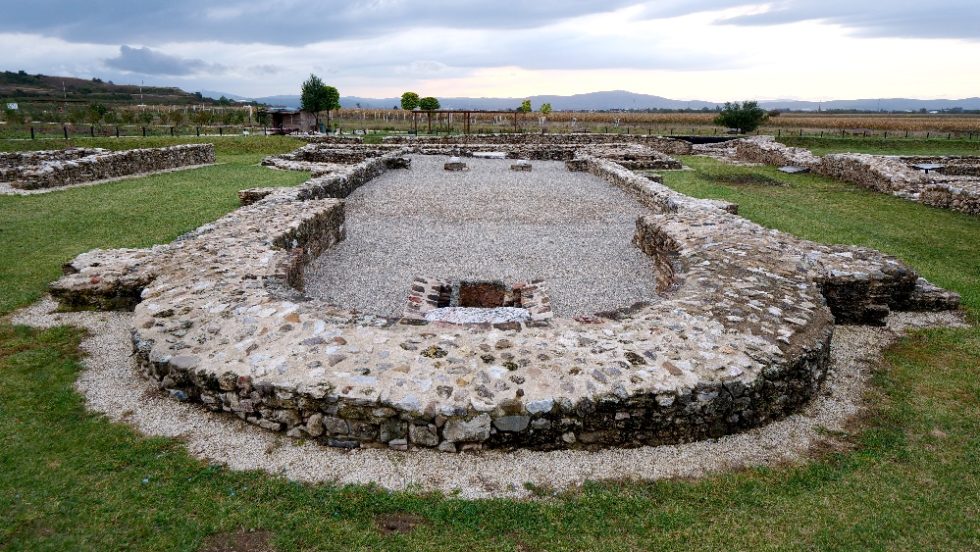
Conquered by the Romans and converted into a typical Roman town, Ulpiana was also known as Minicipum Ulpiana Splendissima and Justiniana Secunda. The town, which is comprised of several ruins, was crucial to the development of Roman cities in Dardania.
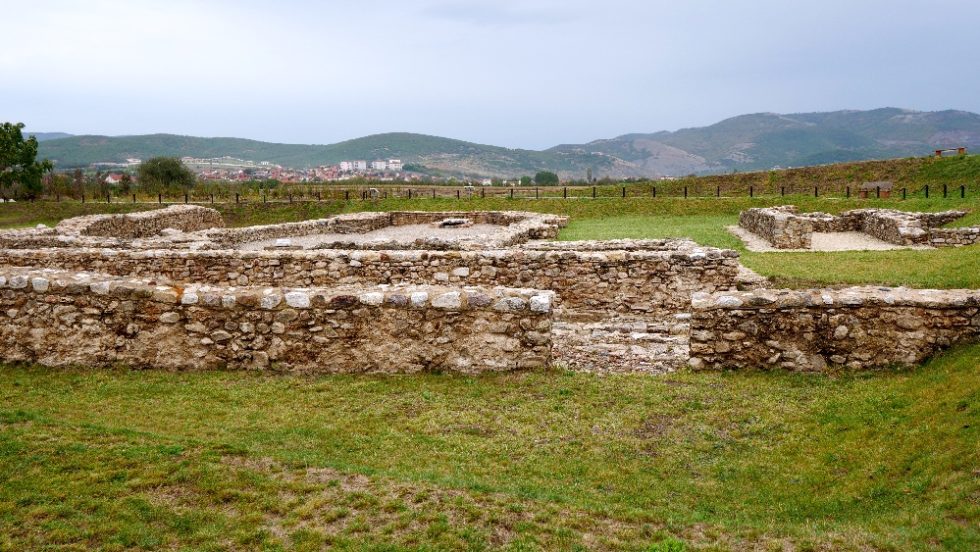
After an earthquake devastated the Dardania region in 518, Roman Emperor Justinian rebuilt the city, which covered roughly 120 hectares. Its points of interest include its main street, or Cardo Maximus, a 6th-century basilica, a pagan temple from the 2nd century, and a northern gate.
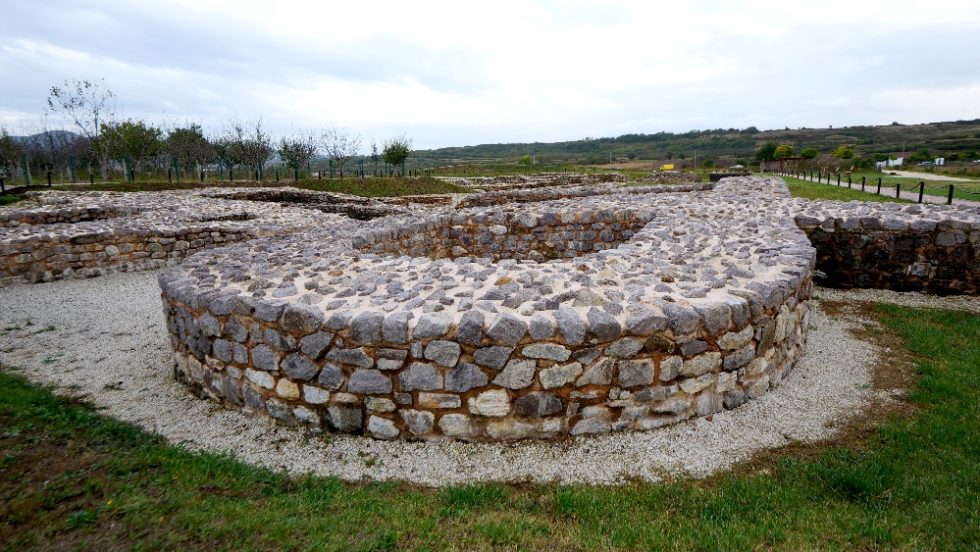
In addition to its ruined buildings, archaeologists have discovered several important objects at the site since 1953. They include marble statue heads, ornaments, stele, a tragic mask, and the tombstones of a necropolis.
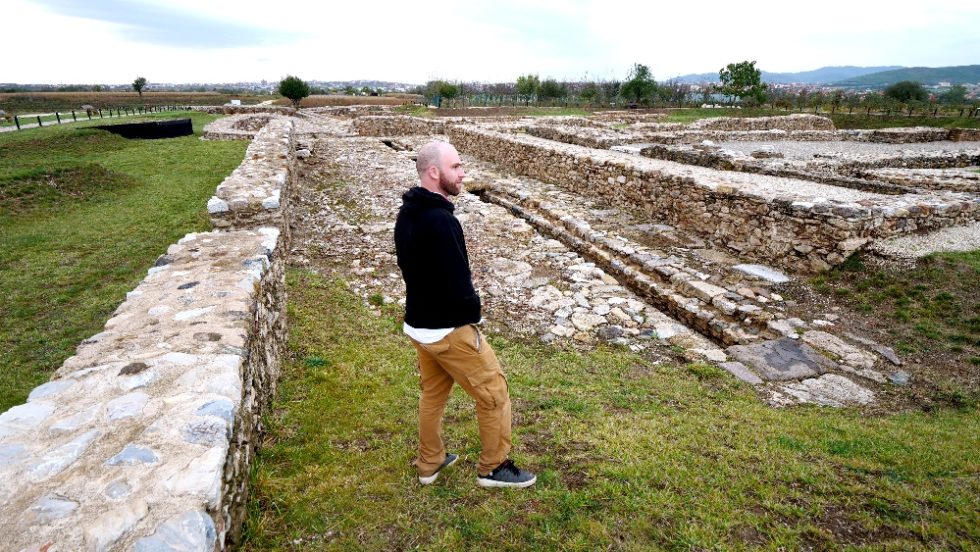
It’s also worth noting that, while the visible site is quite impressive, archaeologists have only unearthed about 20% of the ancient city. Most of it is still underground, waiting to be discovered. If you love history like I do, it’s easily one of the best things to see and do near Pristina, Kosovo!
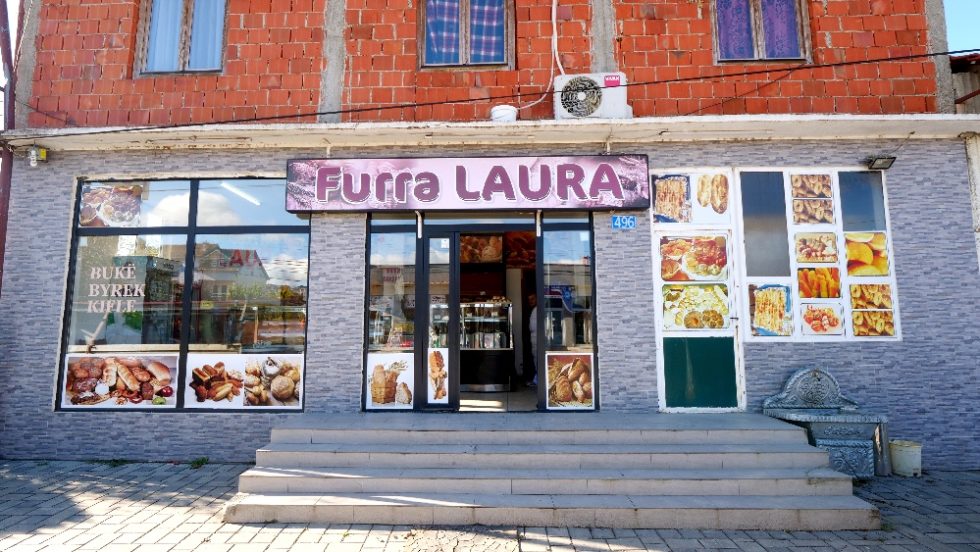
After coming down with a quick but severe stomach bug on my second night in Pristina, I woke up starving and ready to eat again. And after nearly 24 hours of no food, the incredible burek at Furra Laura near the town of Gračanica was just what the doctor ordered!
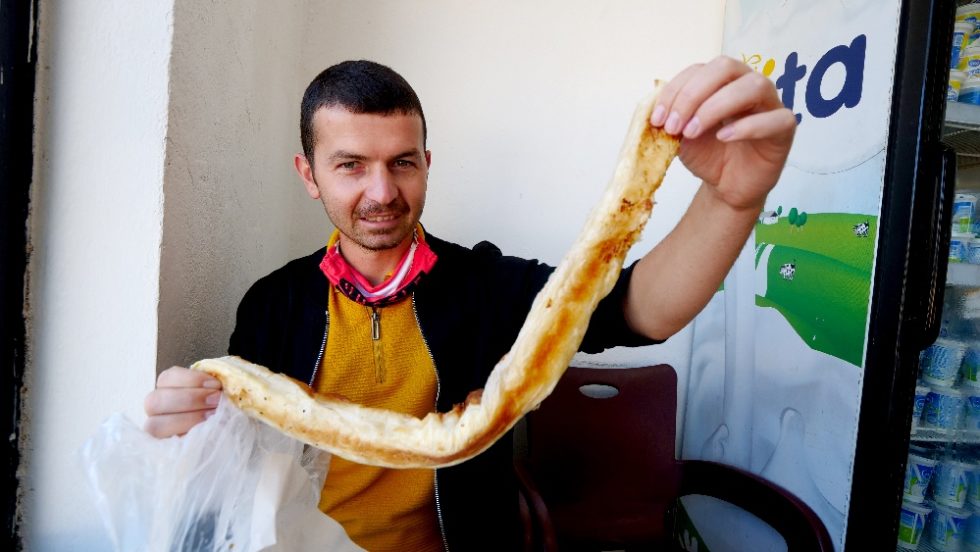
This small bakery makes a number of different types of burek, as well as other bread products. Their burek is a little different from the usual triangle- and square-shaped burek you’ll find elsewhere in the country. Instead, these burek are shaped like a snake and roughly a meter long!
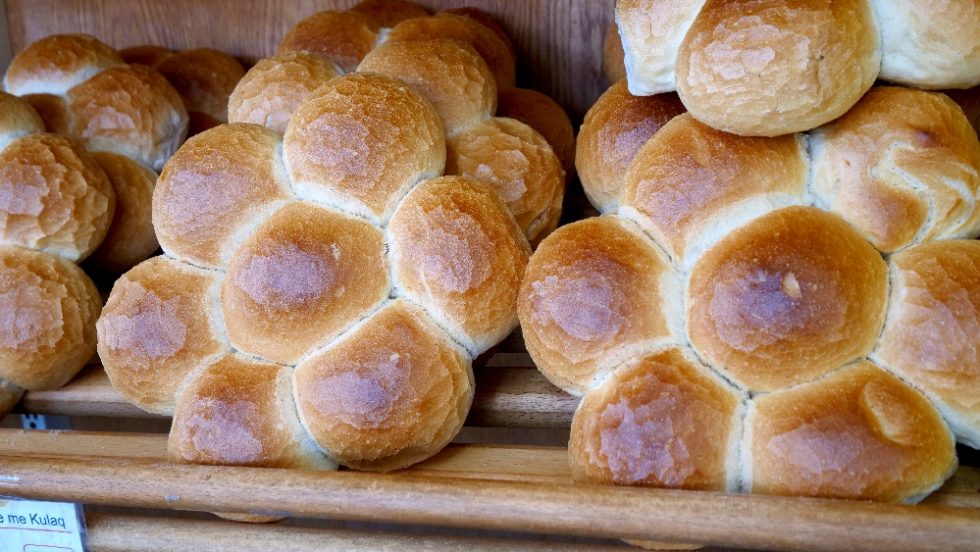
The crispy, buttery, and browned exterior and fluffy, doughy interior was perfection in my mouth. The burek I ordered came filled with a crumbly, flavor-packed cheese that had my mouth watering for the first time in nearly a day!

I suggest enjoying it with a traditional yogurt drink called ajran. At only $0.60 USD per burek and $0.20 per ajran, you can enjoy a filling and delicious breakfast there for less than $1 USD!
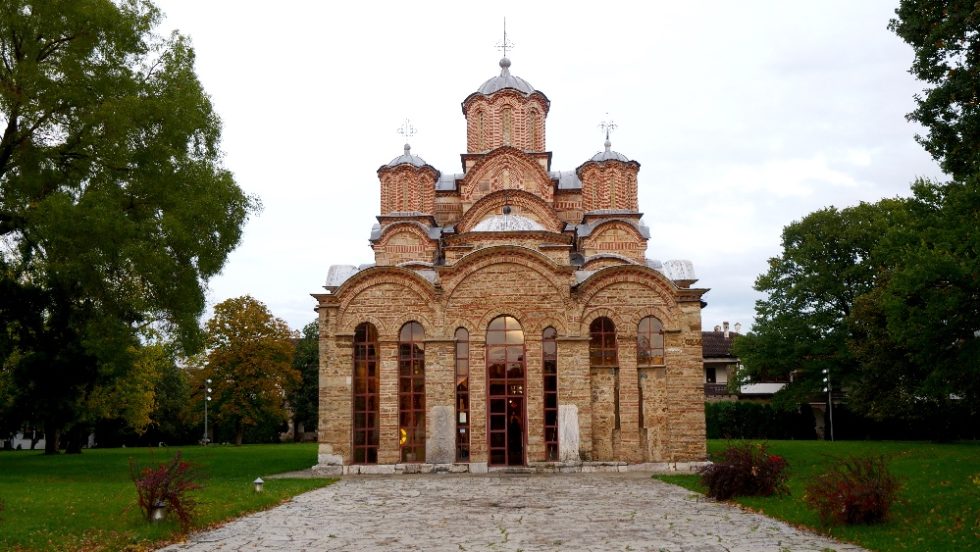
Another of the top things to see and do outside of Pristina, Kosovo, is Gračanica Monastery. This Serbian Orthodox monastery is located in the village of Gračanica, roughly 3 miles outside of the capital. Built by Serbian king Stefan Milutin in 1321, it became a Monument of Culture of Exceptional Importance in 1990 and a UNESCO World Heritage Site in 2006.

Gračanica Monastery stands atop the ruins of a 13th-century church and 6th-century basilica. The church is the only surviving building of the monastic compound, though it suffered damage from Ottoman attacks and the Battle of Kosovo in the late 14th century.

Today, the monastery is surrounded by a large wall topped with barbed wire. The church itself is known for its Serbo-Byzantine architecture and beautiful paintings and frescoes. The artwork depicts important biblical events such as the Dormition of the Mother of God and the Baptism of Jesus Christ.
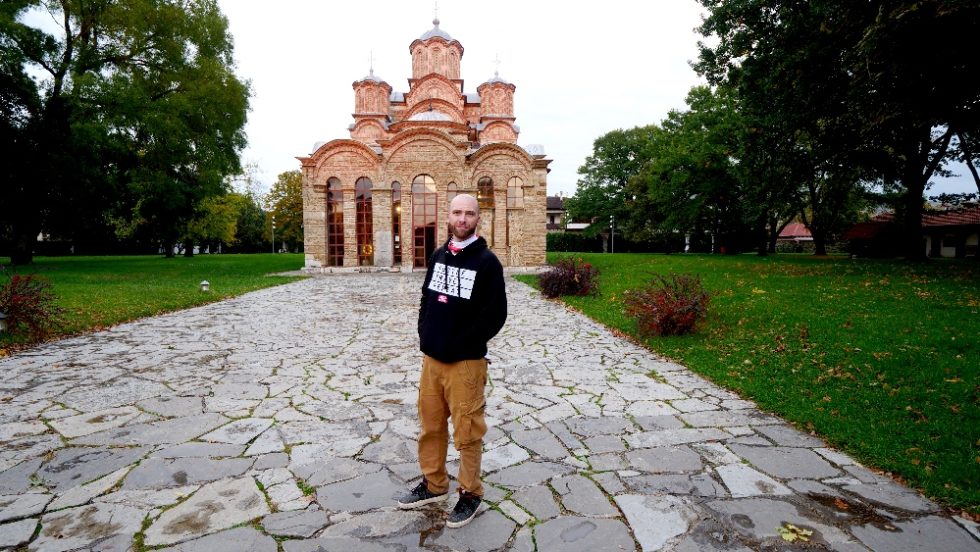
On the grounds, you’ll also find a candle shop and a souvenir shop. I highly recommend stopping by the monastery as you explore the outskirts of Pristina. It’s an incredible location with lots of fascinating history!
Gračanica Monastery
Gračanica 10500
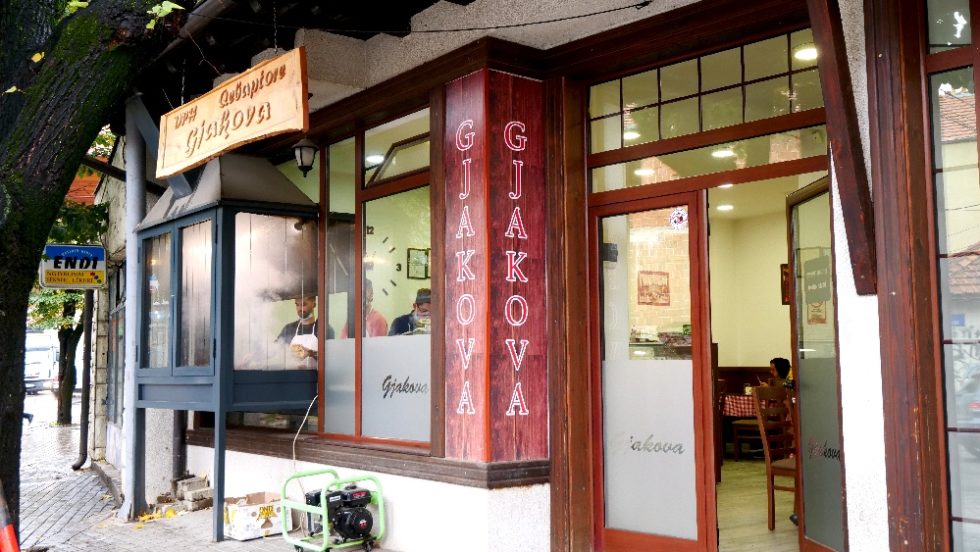
One of the most common types of restaurants you’ll find in Kosovo is the qebaptore. These small eateries specialize in qebap and qofte, two fast food meat dishes that you can find throughout the Balkans under different names including qebapa, cevap, and cevapcici.

One of the top places to try them in Pristina is Qebaptore Gjakova e Vejetër. Inside, the cooks are a master at cooking these two meat dishes. They’re both essentially grilled mincemeat, but qebap is shaped into links, while qofte are patties.
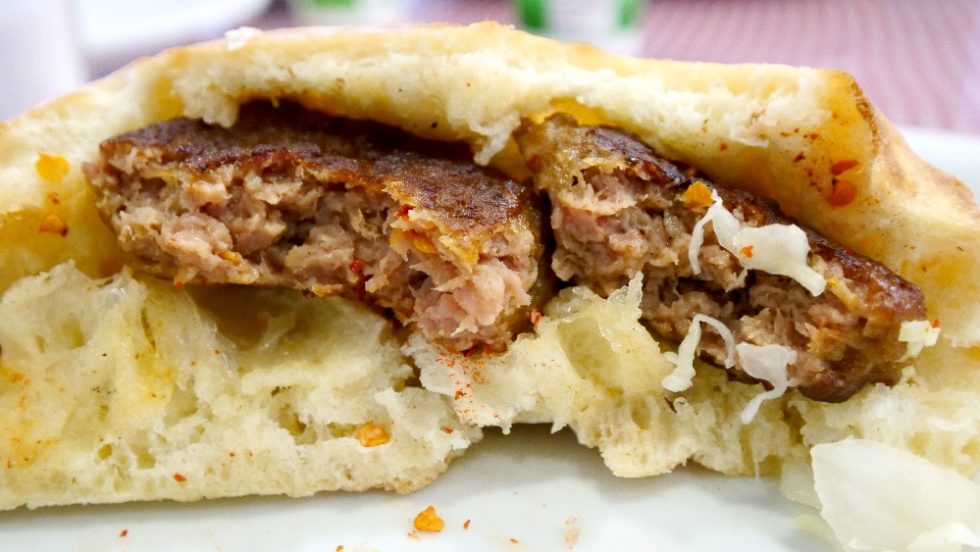
They’re served with freshly baked bread, cabbage, peppers, and chili powder. The best thing to do is stuff everything into the bread and go to town on it. It’s tasty, spicy, and inexpensive at only 3 Euros for one. If the heat gets too intense, add some yogurt to temper the spice level!
Qebaptore Gjakova e Vjetër
Rruga UCK Bardh i Madh
Pristina, Kosovo

If you’re an animal lover like I am, one of the best things you can see or do outside of Pristina, Kosovo, is visit Bear Sanctuary Pristina. Located five minutes from Gračanica, the sanctuary was founded by Four Paws Austria in 2013. It covers a tranquil, forested area with lots of lakes and hills.
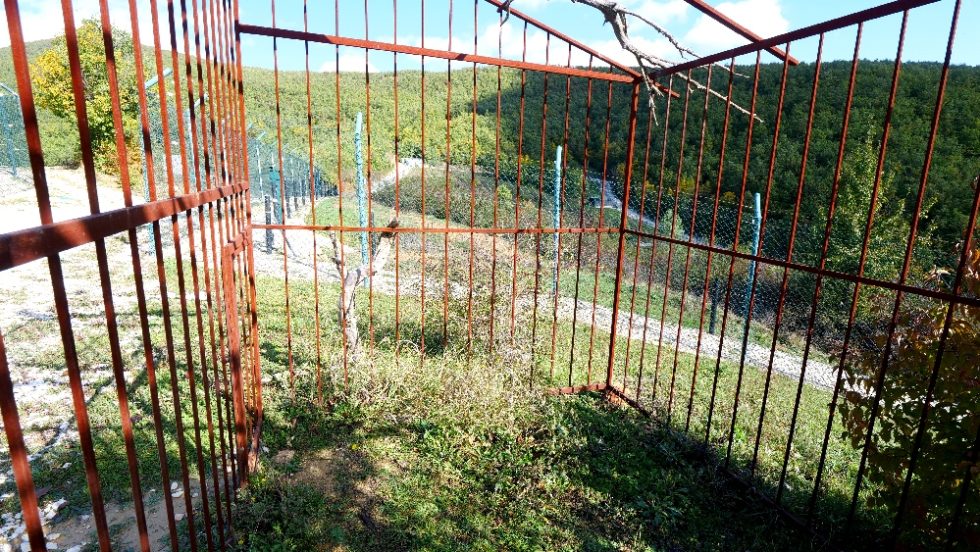
Bear Sanctuary Pristina focuses on providing a home for Kosovo brown bears. Until November of 2010, it was legal to own these bears and hold them in cages. Some of these cages are essentially 6×6 cells, and you can see an example of one on the grounds. As of October of 2020, there were 19 free brown bears at the sanctuary.
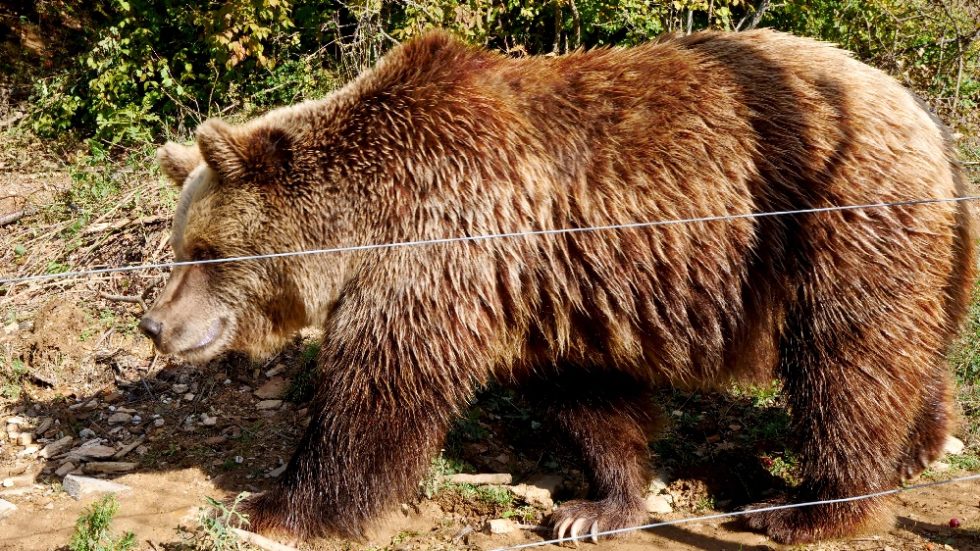
The sanctuary consists of a path that winds through the area, past spacious enclosures with 15-foot-high fences. Most of the enclosures house one bear, like the one that houses a beautiful bear named Andri. But others house multiple bears, like Emma, Oska, and Ron. These bears were sold to two families as cubs before Four Paws rescued them and brought them to the sanctuary.

Some of the bears are quite curious when they see human visitors, while others are more nonchalant. Others seemed a bit scared and leery of us, so I suggest being quiet so you don’t spook them.
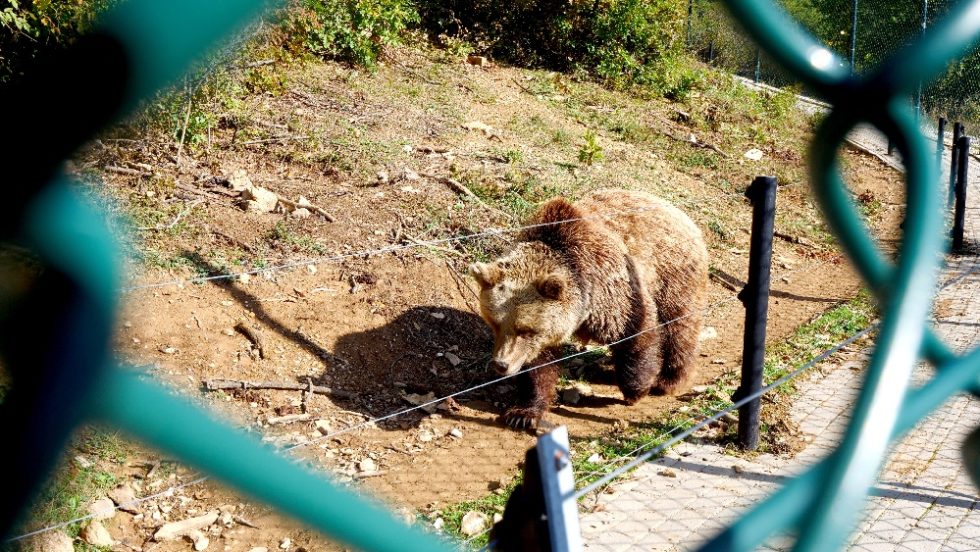
It was such a pleasure to see these gorgeous and majestic beasts up close during my visit. While I was saddened to learn what many of them went through before their arrival at the sanctuary, I’m also grateful to Four Paws Austria for rescuing them and giving them a peaceful place to live.
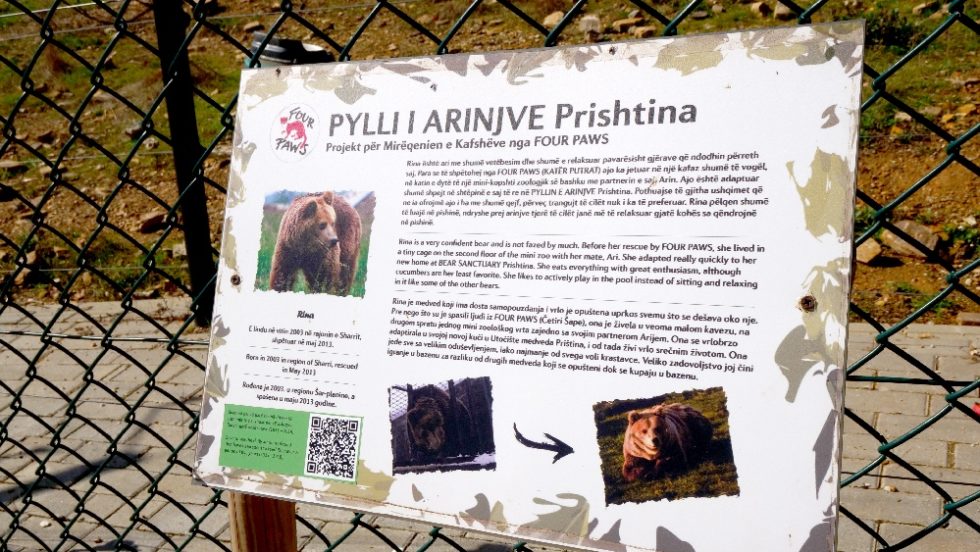
I suggest being in decent shape and wearing comfortable shoes at Bear Sanctuary Pristina. Depending on your pace, it can take well over an hour to walk the entire sanctuary. You’ll also be in for some steep inclines in some areas.

Without question, visiting Bear Sanctuary Pristina is one of my favorite things you can see and do near Pristina, Kosovo. Check them out the next time you’re in the area!
Bear Sanctuary Pristina
Mramor, Badovci Lake
Prishtina 10000 Kosovo

Of all the wonderful experiences I had in Pristina, the most unique was arguably touring Magic Ice Cheese Factory. One of my favorite things to see and do in Pristina, Kosovo, Magic Ice is a massive cheese and dairy factory just outside of the capital.
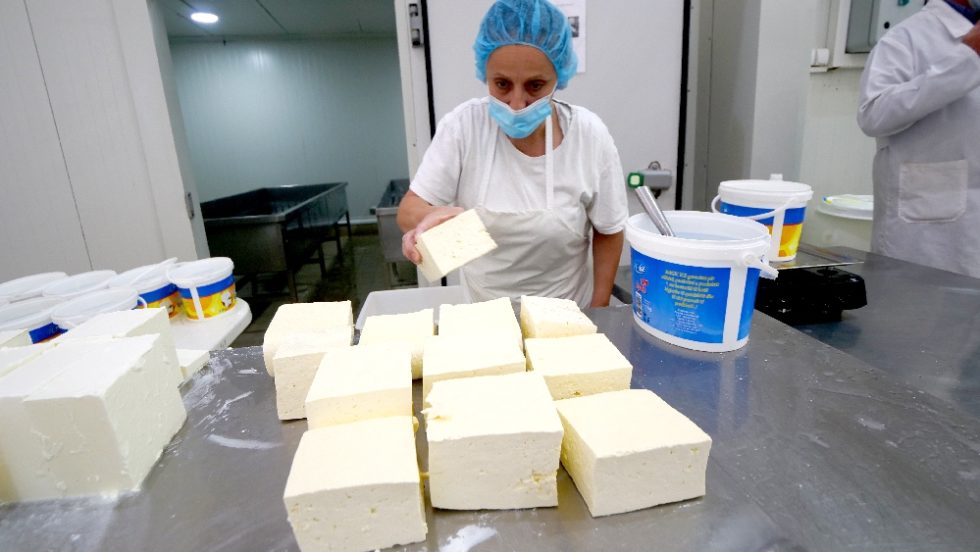
At Magic Ice, they make a number of mouthwatering dairy products, including cheese, sour cream, curd, and ice cream. They create it all in a safe environment that follows strict health guidelines; hairnets, protective gowns, face masks, and shoe coverings all must be worn inside the facility.

From there, our friend Syzane gave us the ultimate tour of Magic Ice. We got to see the processes of making yogurt and cheese, the pasteurization of the milk, the making and packing of the curd, the massive freezers, as well as the enormous vats where the cheese was pressed.

Of course, it wouldn’t have been a tour without some samples! Erjan and I got to try the Magic Ice Classic Cone, which is a vanilla ice cream cone with nuts and chocolate. It’s made with 100% milk and is creamy and buttery! We also tried several cheeses, including a dense, white cheese and a creamier feta. Both blew my mind!
Magic Ice Cheese Factory
Lipjan 14000 Kosovo
+386 49 125 605
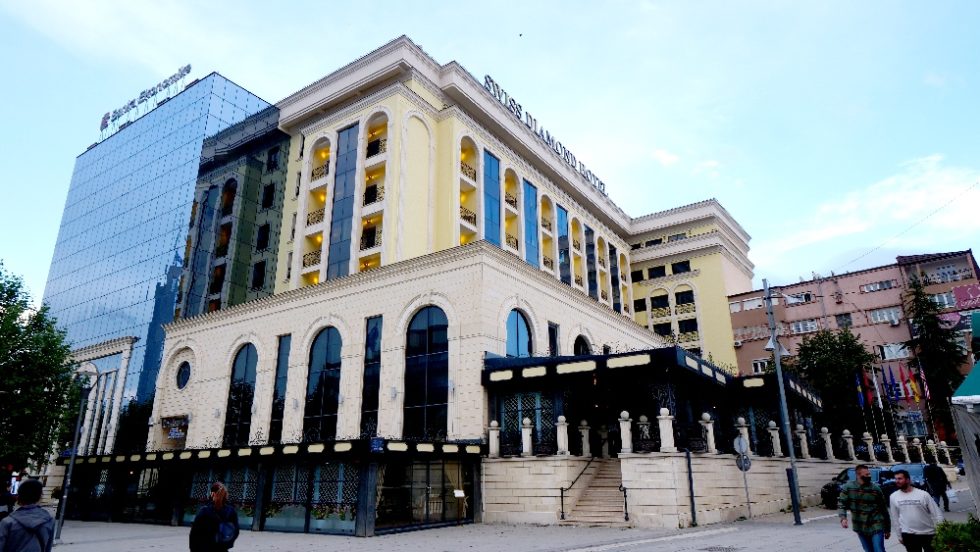
If you want to dive into the lap of luxury in Pristina, there’s no better place to stay than the Swiss Diamond Hotel. This gorgeous, 5-star hotel in the city center is both cozy and opulent. It’s decorated with lavish handmade furniture, marble, and Venetian crystal chandeliers.

The rich lavishness is on full display inside. You can enjoy tasty cuisine at its four restaurants and bars, including Iliria Restaurant and Terrace and Shisha Bar. Its award-winning Venus Wellness Health & Spa offers a variety of relaxing massages and spa treatments. Guests can get a fresh haircut or hairstyle at the Hairdresser Saloon.
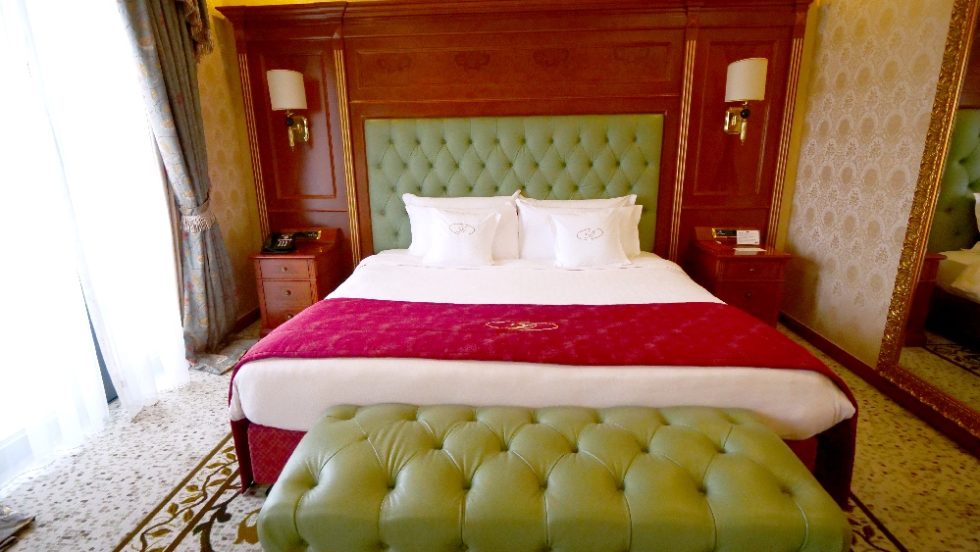
In addition, the Swiss Medical & Health center offers a number of cosmetic facial and body treatments. They range from chemical peels to microdermabrasion to laser treatments. It’s no wonder the hotel is a favorite of some of the most famous people on the planet!
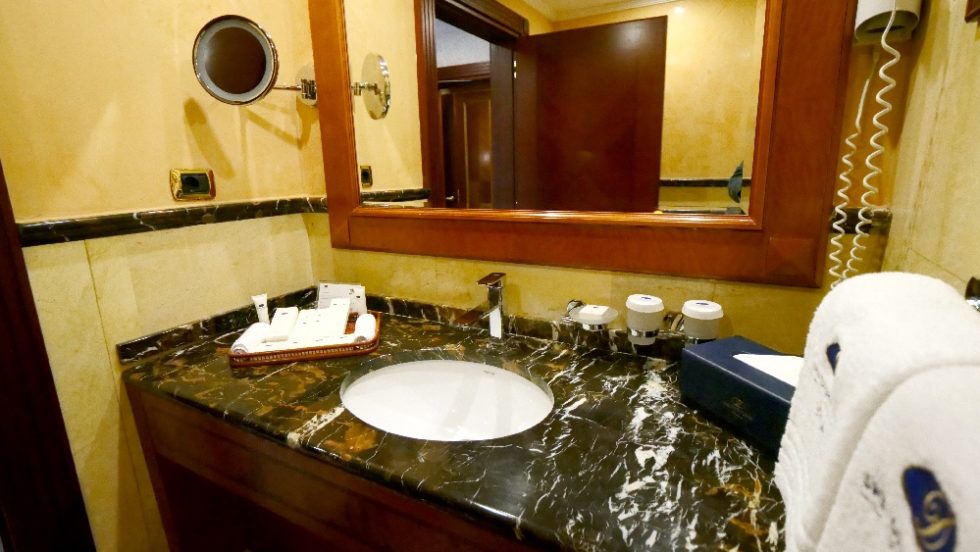
My own suite offered a king-sized bed, a TV, a minibar, and a miniature office. The workspace gave me ample room to offload my camera’s memory card and answer emails every night. I also loved the attached bathroom, especially its massive shower and a bidet. I even had a balcony that offered a stunning view of the city!
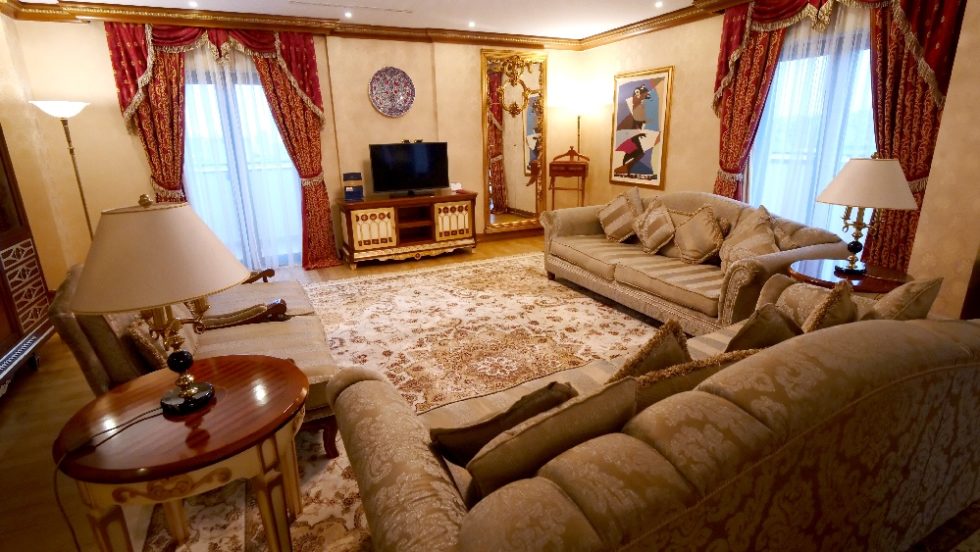
But the hotel’s most famous guests head up to the spacious and ornate suites on its top floors. The Penthouse Suite is a favorite of pop singers Dua Lipa and Rita Ora at a pricey 1700 Euros per night.

It’s well worth the price, with its huge living room, three couches, dining room, private kitchen, sauna, jacuzzi, walk-in closet, and large bedroom. There are even more couches on the private mini-terrace outside!

Former U.S. president Bill Clinton also stayed at the Swiss Diamond Hotel, in its Presidential Suite. Like the Penthouse Suite, it contains an enormous living room and dining room table, as well as a private terrace.

There are also two bedrooms with king-sized beds, Venetian mirrors, Oriental carpets, and more. Some of its most impressive features are the spacious, corridor-like walk-in closets; marble walls; and gold bathroom faucets.
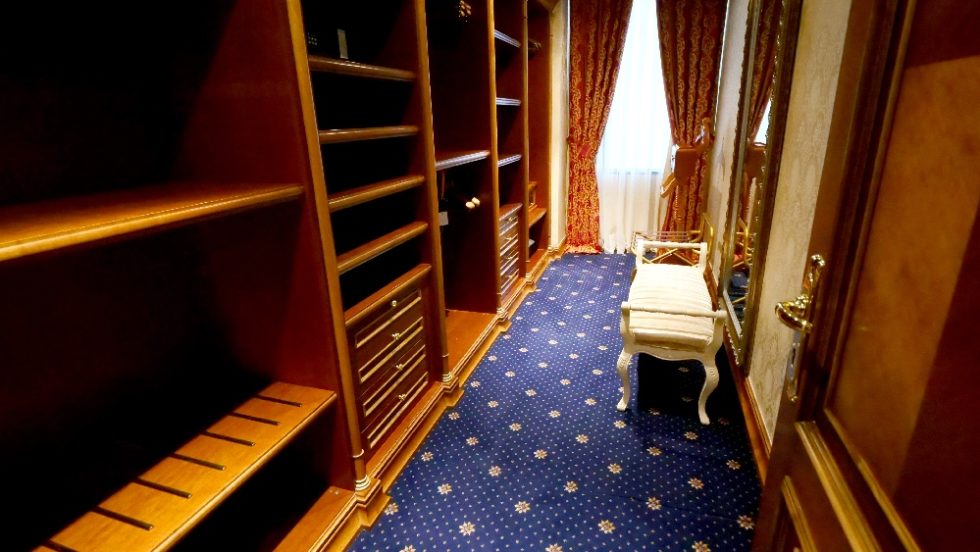
In addition to its large and fancy rooms, one of the best things about the Swiss Diamond Hotel is that it’s centrally located. It’s just minutes from many of Pristina’s top attractions, shopping options, and restaurants. Its great location and level of comfort make it one of the top things to see and do in Pristina, Kosovo.
Swiss Diamond Hotel
Sheshi Nëna Terezë p.n
Pristina 10000 Kosovo
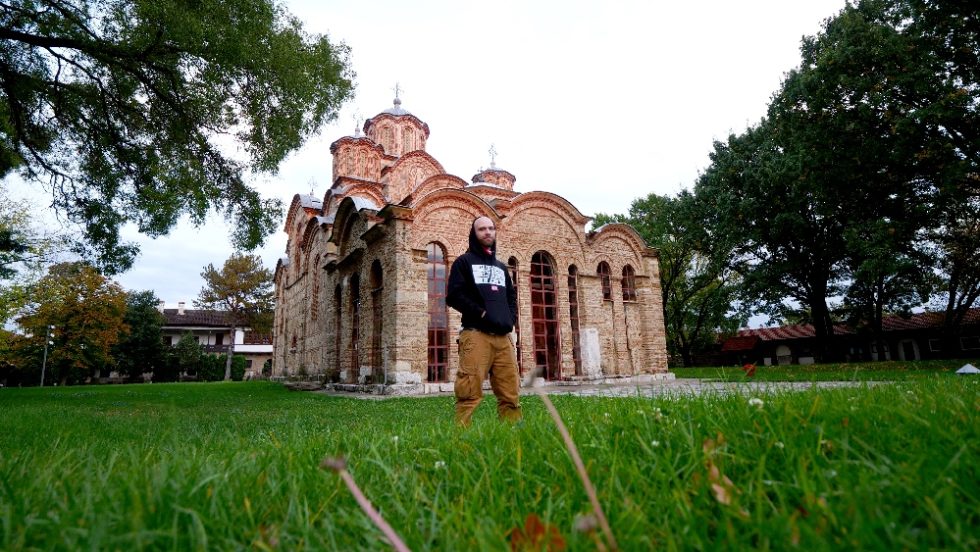
Pristina may not be one of the first cities most people think of when they envision exciting European capitals, but it deserves to be. This underrated Balkan gem truly offers everything a curious traveler could ever want to explore. From its traditional food scene to its ancient ruins to its stunning religious sites, Pristina is like an onion, full of new layers waiting to be explored. It’s one of my new favorite Balkan cities and I believe wholeheartedly that you will enjoy it as much as I did. Book a trip to Kosovo today to experience to joys and wonders of Pristina for yourself!
NOTE: If you need to check the visa requirements of a particular country, click here. To apply for a visa, find up-to-date visa information for different countries, and calculate the cost of a particular visa, click here!
Counter
101 Countries • 1432 Cities